Dominating the South Delhi skyline, the soaring brick tower of Qutub Minar rises with centuries of history behind it. As the first of its kind in India, it remains one of Delhi’s most iconic landmarks.
But the minaret is just the beginning. Wander through the well-kept gardens, marvel at intricately carved structures, and pause to watch the birds and squirrels that call the grounds home. From the mosques to the tombs, every corner of the Qutub Complex is worth exploring.
If you’re planning on visiting yourself, here is a guide to best discover the Qutub Complex beyond the minaret. It’s packed with everything you need to know, from what to expect inside the complex, the best time to visit, how to get there, and plenty of tips to help you make the most of your trip.


.jpg)
Qutub Minar Essential Information
Location: Qutub Minar, New Delhi
Entrance Gate: Across the ticketing office
Opening Times: 7am-5pm
Entrance Fee: ₹550 ($6)
Ready to explore India? Stay protected with Heymondo and enjoy an exclusive 5% discount on your travel insurance!
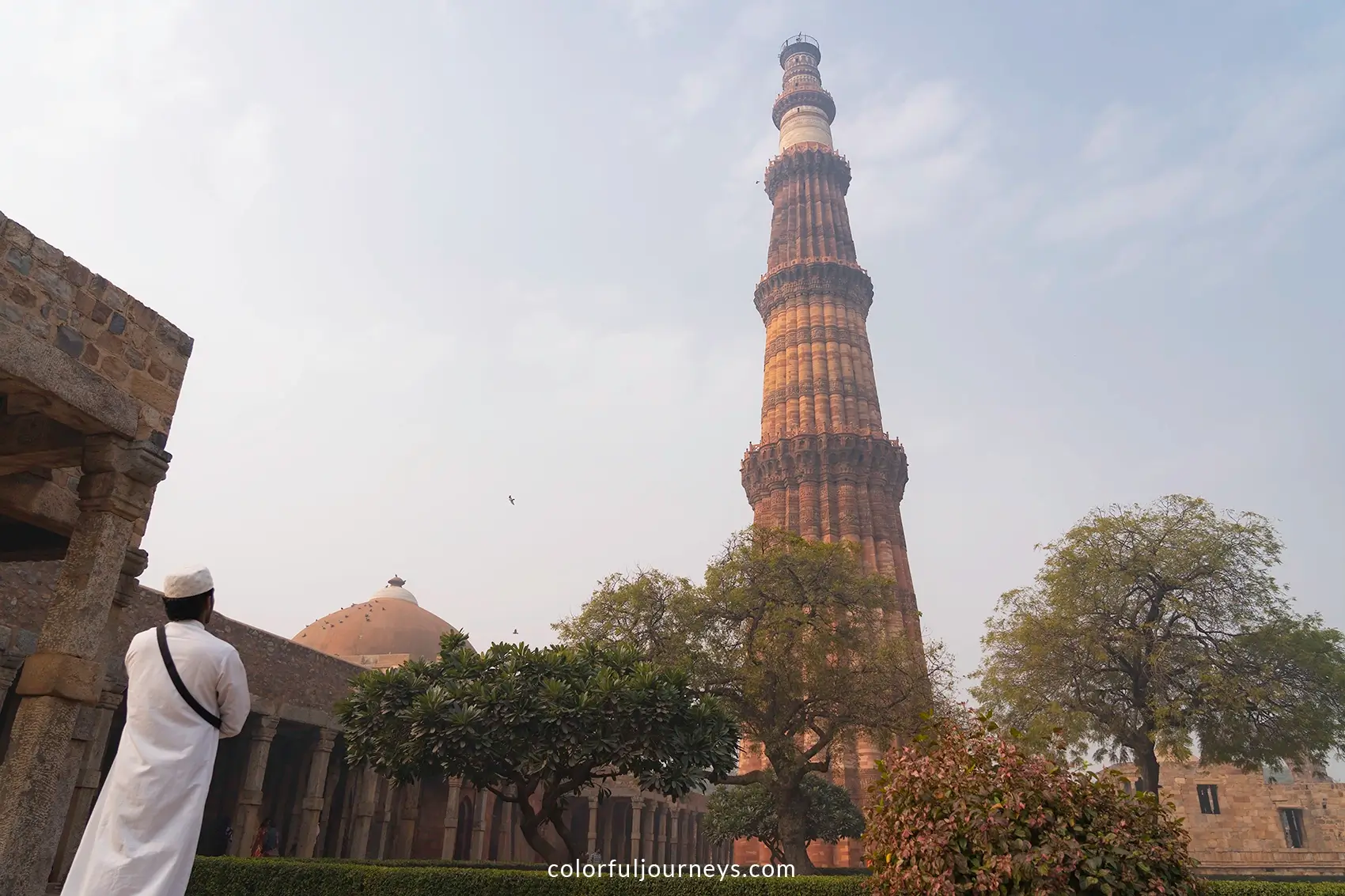
History & Significance
Located in South Delhi’s Mehrauli district, the Qutub Complex is a UNESCO World Heritage Site and home to some of the city’s most iconic monuments. At its heart stands the Qutub Minar, a soaring brick tower that remains one of Delhi’s most recognizable landmarks.
Construction began in the late 12th century under Qutb-ud-din Aibak, founder of the Mamluk (Slave) Dynasty, and was expanded by later rulers of the Delhi Sultanate.
Rulers like Iltutmish and Alauddin Khalji left their mark here, commissioning ambitious projects and one of the earliest mosques built in India, the Quwwat-ul-Islam Mosque. Together, these monuments trace the story of Delhi’s first Islamic rulers and their vision for the city.
Visiting Delhi soon and not sure where to start? Our 3-day Delhi itinerary takes you through the city’s top attractions, hidden gems, and local favorites.
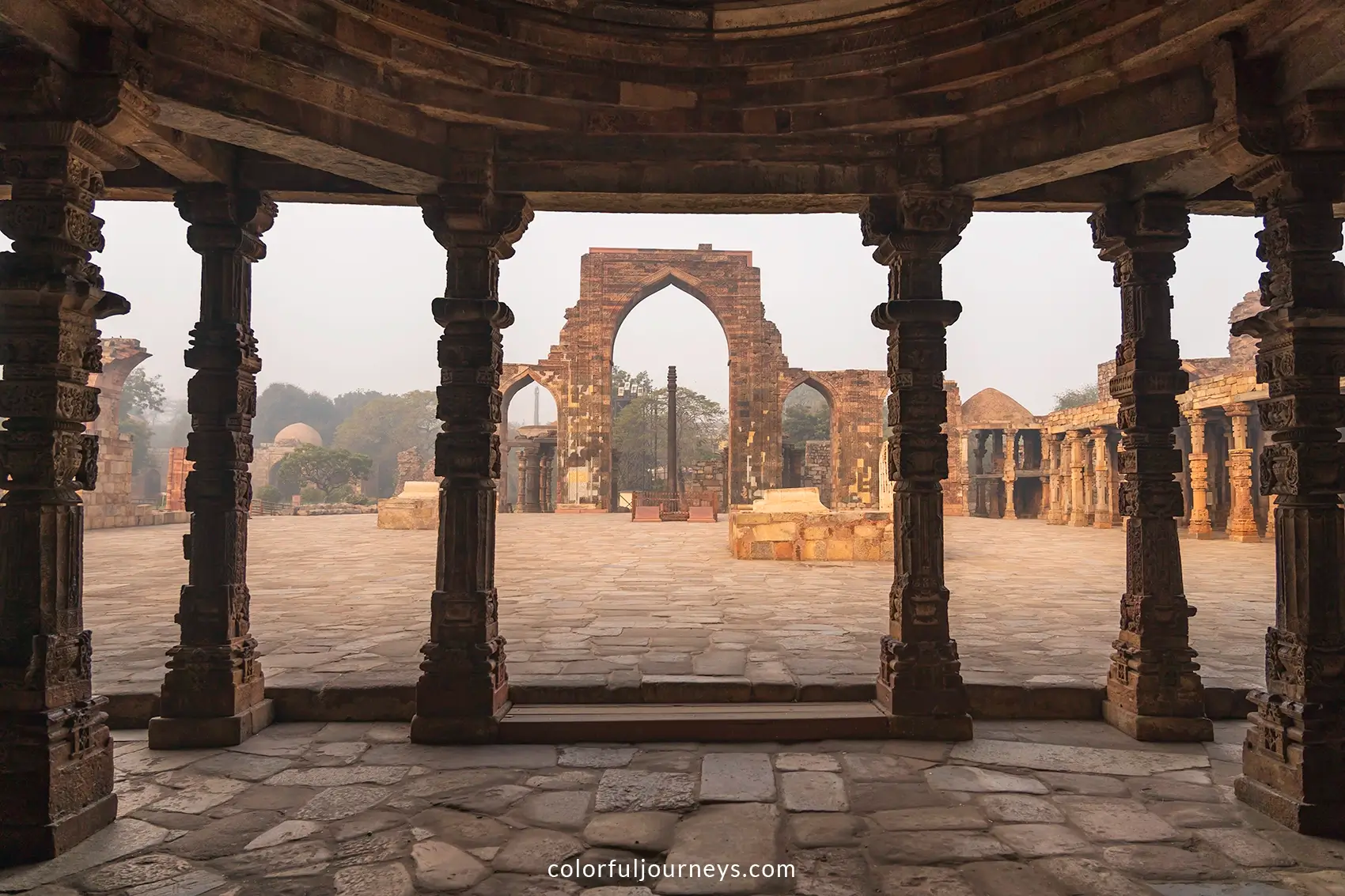
Experiencing the Qutub Complex in India
Discover one of Delhi’s most famous historical monuments with intricate details everywhere you look. Here’s what to look out for beyond the imposing minaret.
Do you need a visa to enter India? Find out with our quick guide to India’s tourist visa requirements.
Qutub Minar
Start your visit by getting up close to the complex’s most famous landmark–the Qutub Minar.
Rising 72.5 meters into the sky, this minaret was constructed in 1199 by Qutb-ud-din Aibak, who completed only the first storey. His successor Iltutmish carried it higher, while later rulers like Firoz Shah Tughlaq repaired and crowned the tower.
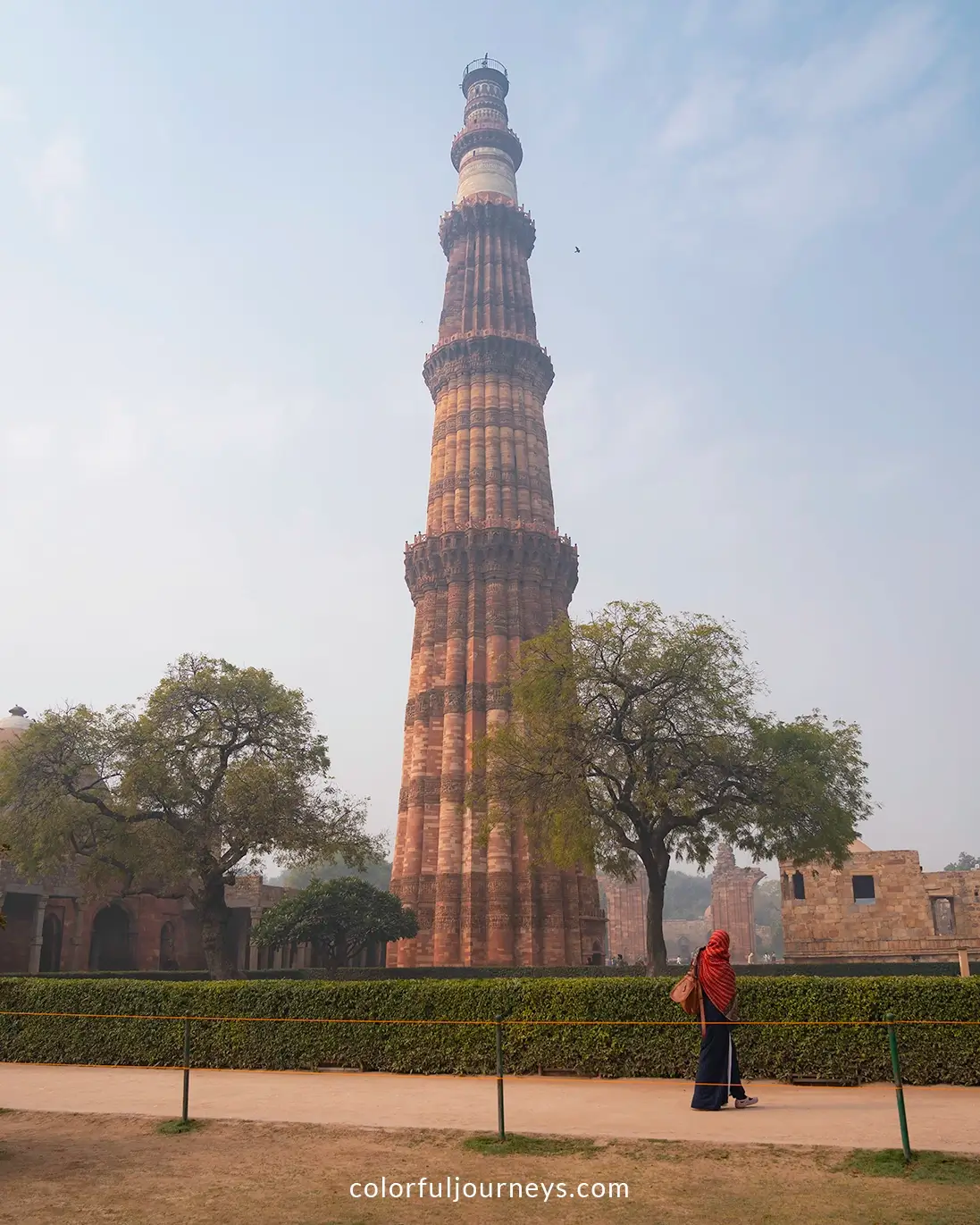
Walk around its broad base to admire the delicate Arabic calligraphy, Quranic verses and floral motifs carved into the stones. Step back and you’ll notice how each tier carries its own style, reflecting the hands of different dynasties over time.
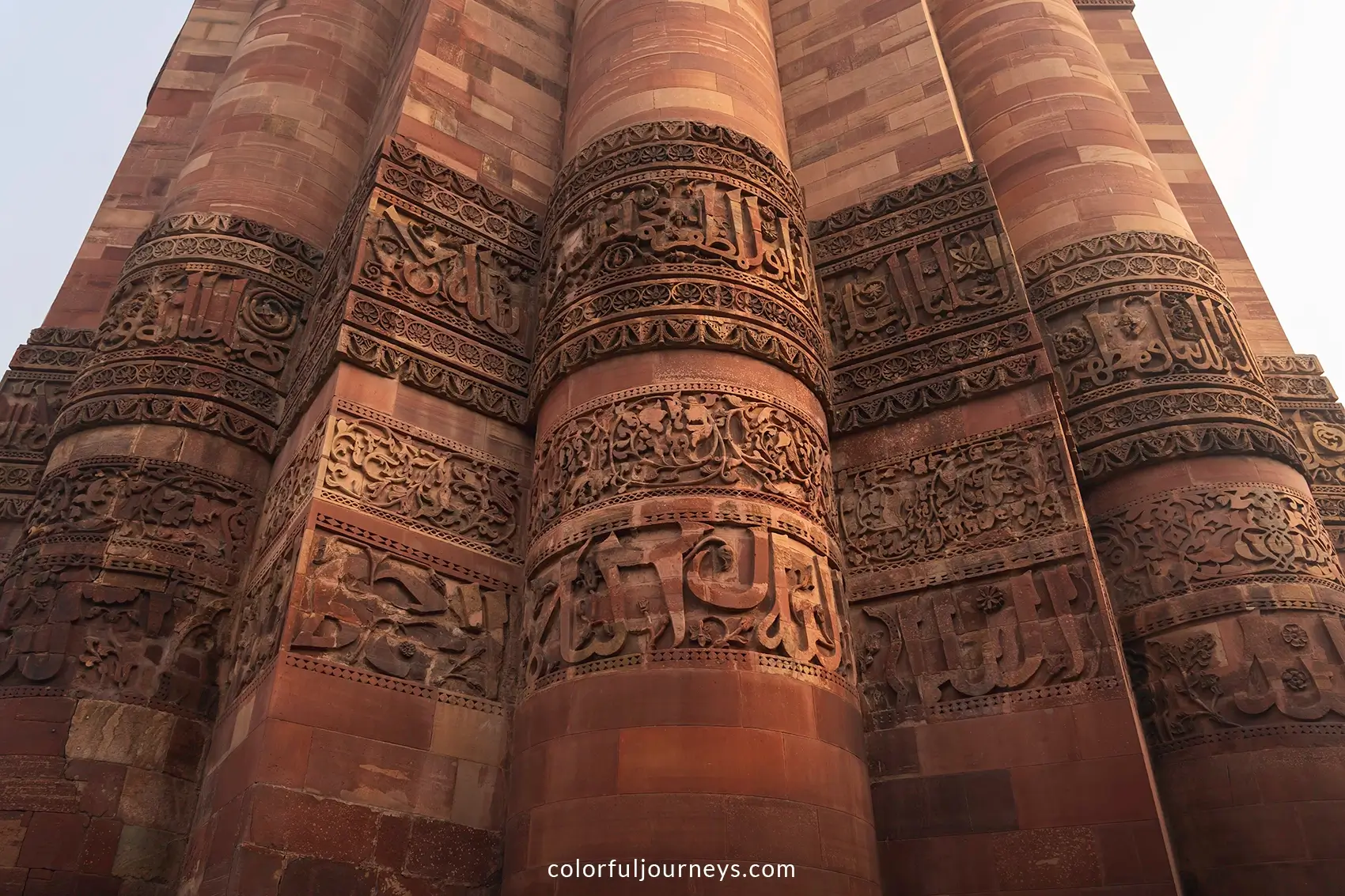
Inside, a narrow staircase winds its way up, but access was closed in 1981 after a tragic stampede. With 379 steep steps, the climb would have been tough, but the views from the top must have been breathtaking.

Read: Climbing Amer Wall: Jaipur’s Best Viewpoint
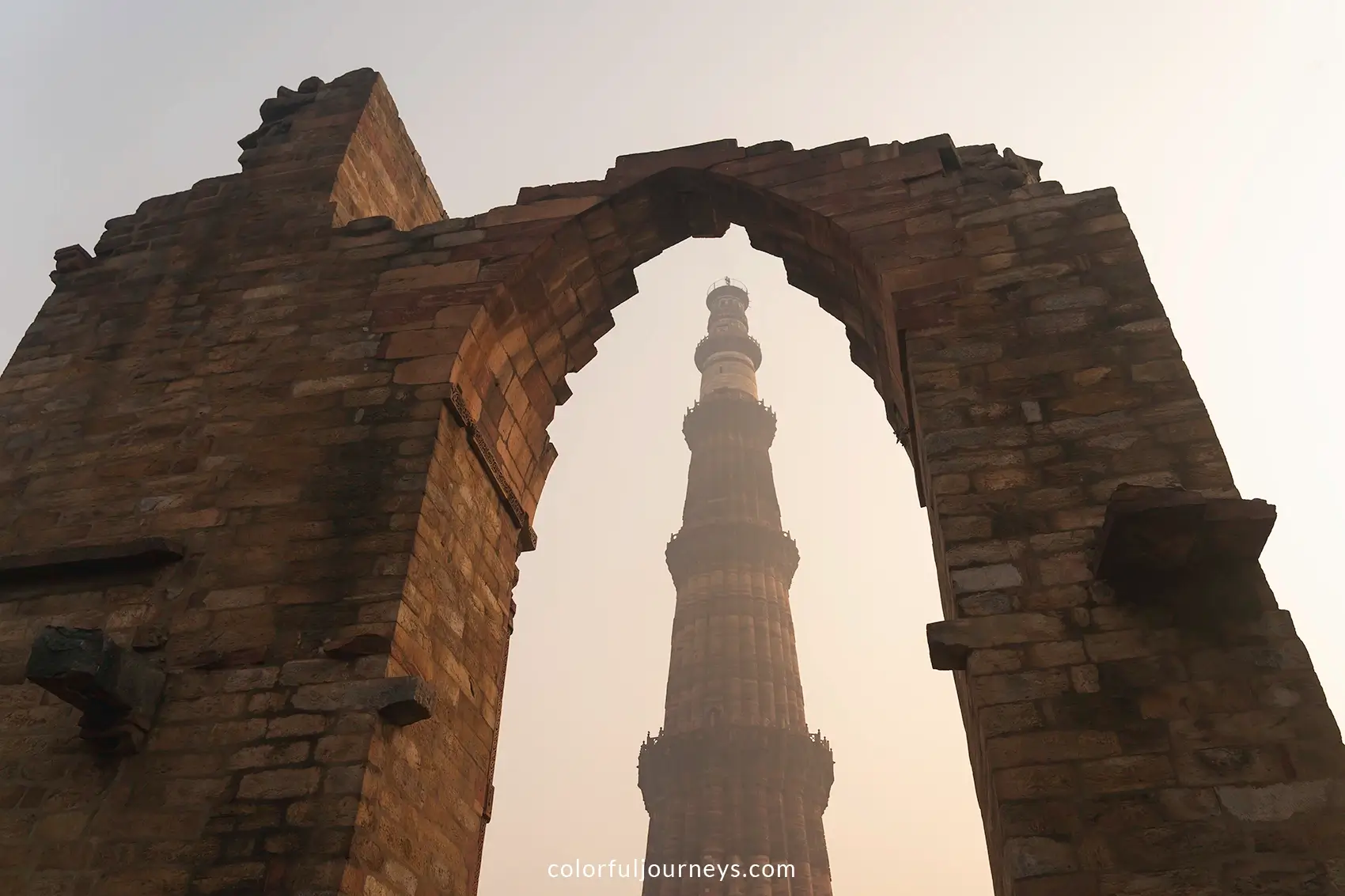
Alai Darwaza
After admiring the Qutub Minar, head south to the Alai Darwaza, a red-sandstone gateway built in 1311 by Alauddin Khalji, one of the most powerful rulers of the Delhi Sultanate. He envisioned grand entrances for the Quwwat-ul-Islam Mosque, but only this southern gateway was ever completed.
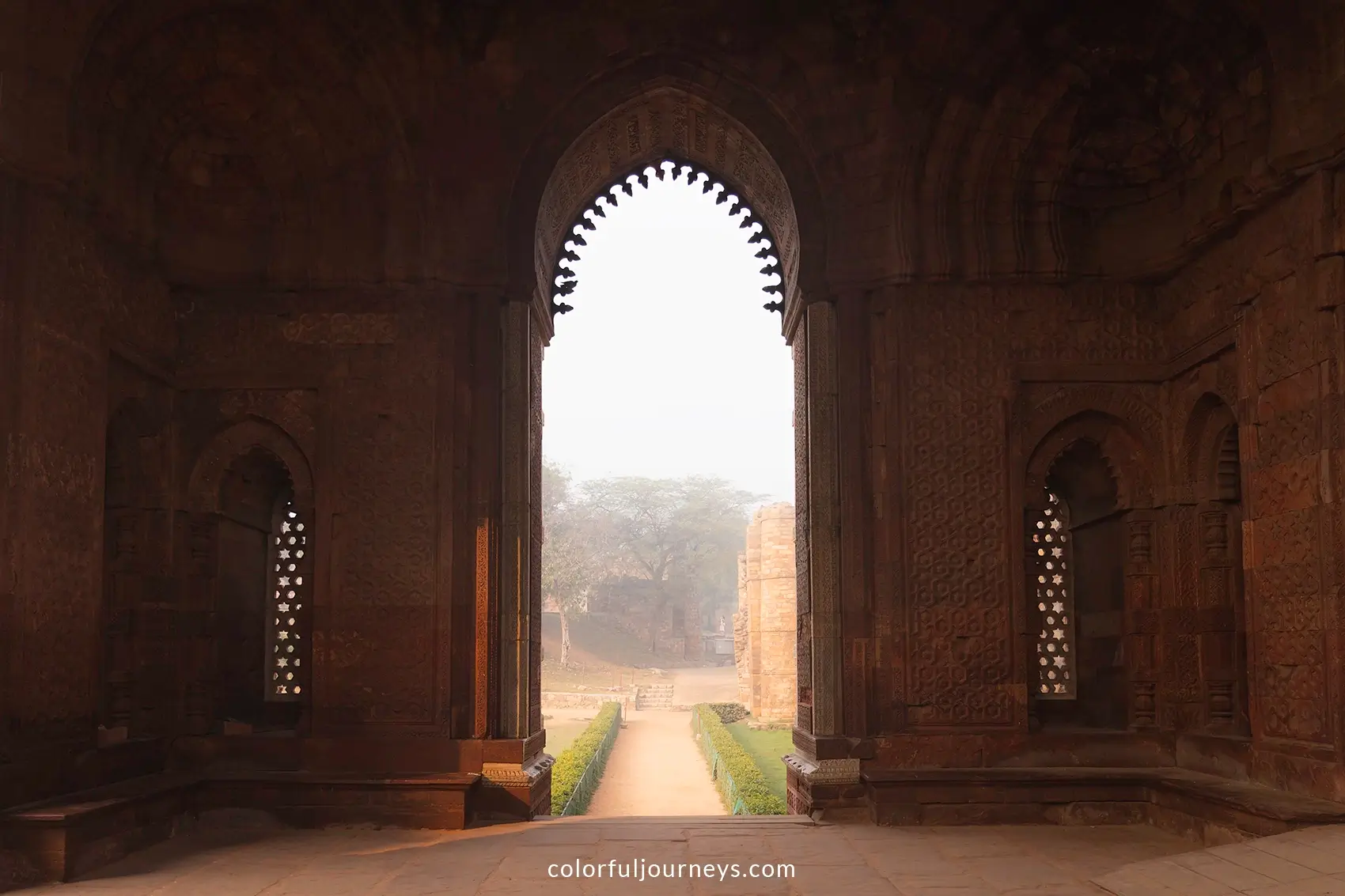
Stand at the center and look straight up at what is considered India’s first true dome. Unlike older domes, which were built by stacking stones inward, this dome is a smooth, curved roof made with arches that evenly carry the weight.

Read: Guide on How to Travel India by Train
.webp)
Imam Zamin’s Tomb
Just east of the Alai Darwaza stands the tomb of Imam Zamin, a respected cleric from Turkistan who served as the mosque’s caretaker in the 16th century.
Built during the reign of Mughal emperor Humayun, the tomb reflects early Mughal architecture, with delicate red sandstone and white marble latticework.
Tip: For one of the best views, head to the southeast corner of the mosque platform, where the Qutub Minar rises behind the Alai Darwaza and Imam Zamin’s Tomb in one frame.
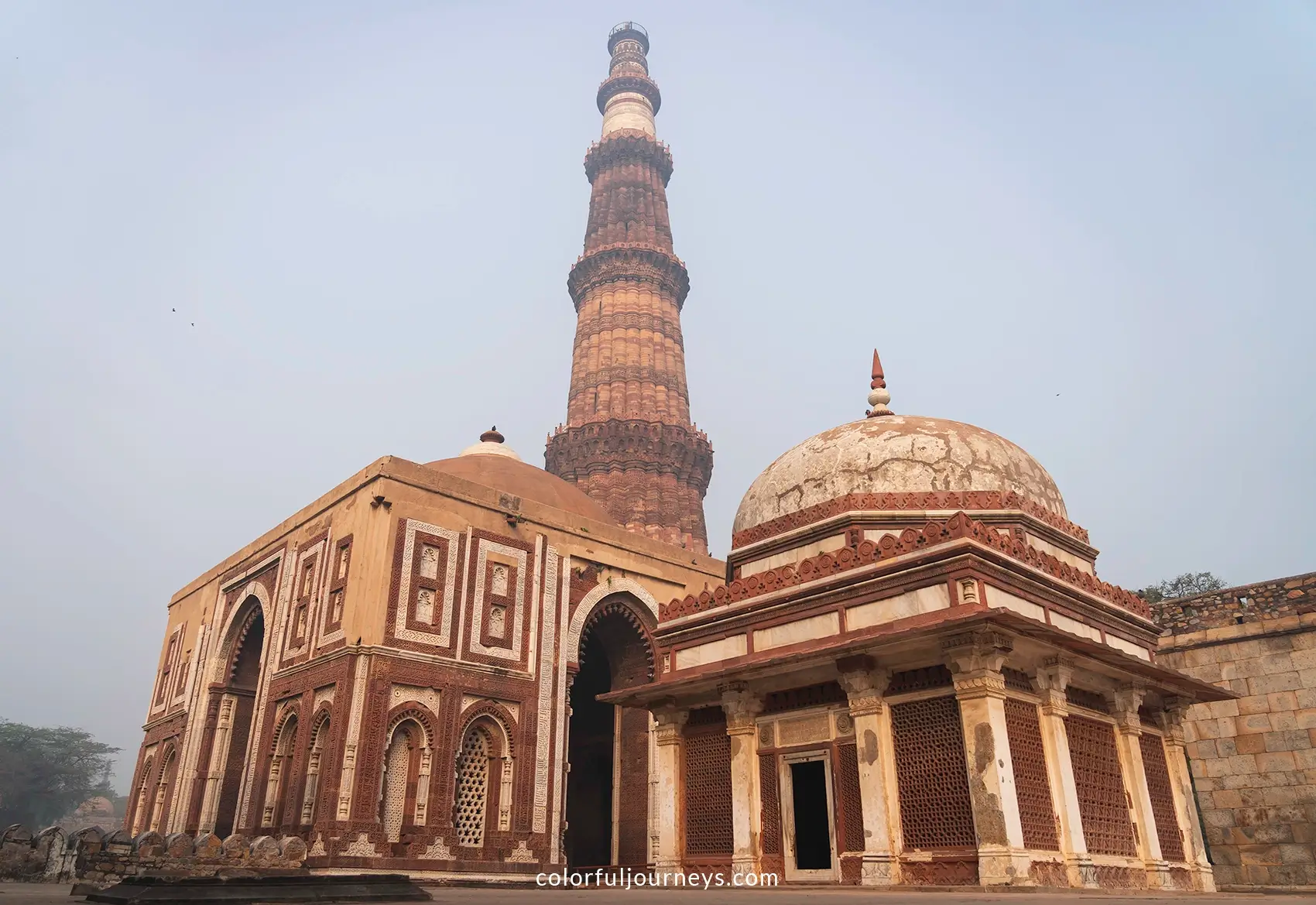
Smith’s Folly
From the tomb, look south and you’ll spot Smith’s Folly, a pavilion-like structure that stands out from the rest of the complex for its unusual design. After the top of the Qutub Minar collapsed in the earthquake of 1803, British engineer Major Robert Smith added this cupola in 1828.
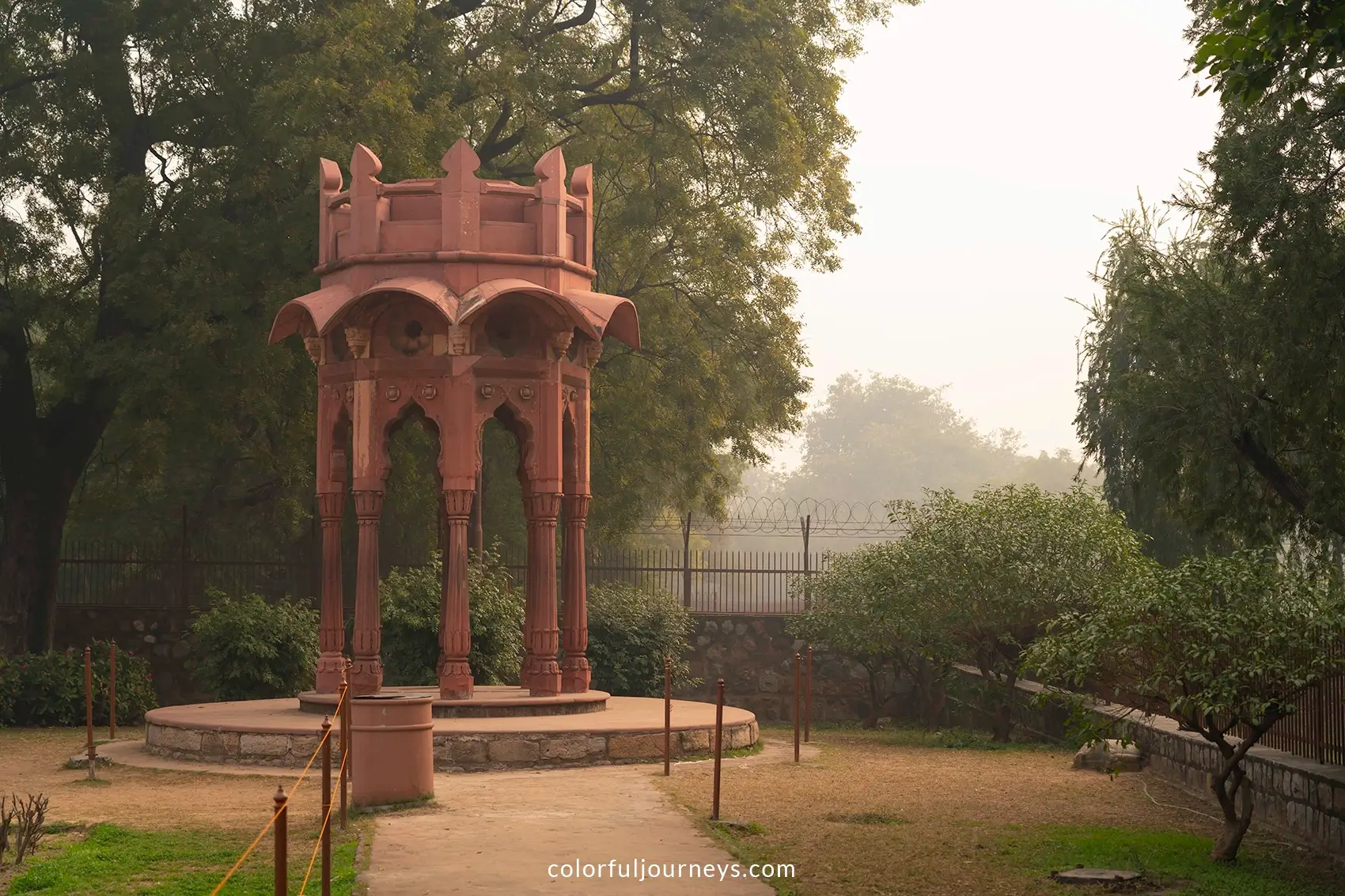
Its late Mughal–style design clashed with the minaret’s design, and it was widely criticized. In 1848, it was removed and placed in a corner of the complex, where it still stands today.
Travel Smarter: Avoid overpriced SIM cards at the airport and activate Airalo’s eSIM right from your phone. Grab yours today!
Quwwat-ul-Islam Mosque
At the foot of the Qutub Minar lies the Quwwat-ul-Islam Mosque, its name meaning “Might of Islam.” Commissioned by Qutb-ud-din Aibak in 1193, it was the first mosque built in Delhi after the Islamic conquest.
This is one of the most interesting parts of the complex, so take your time wandering among the beautifully carved pillars and looking up to admire the richly decorated ceilings.
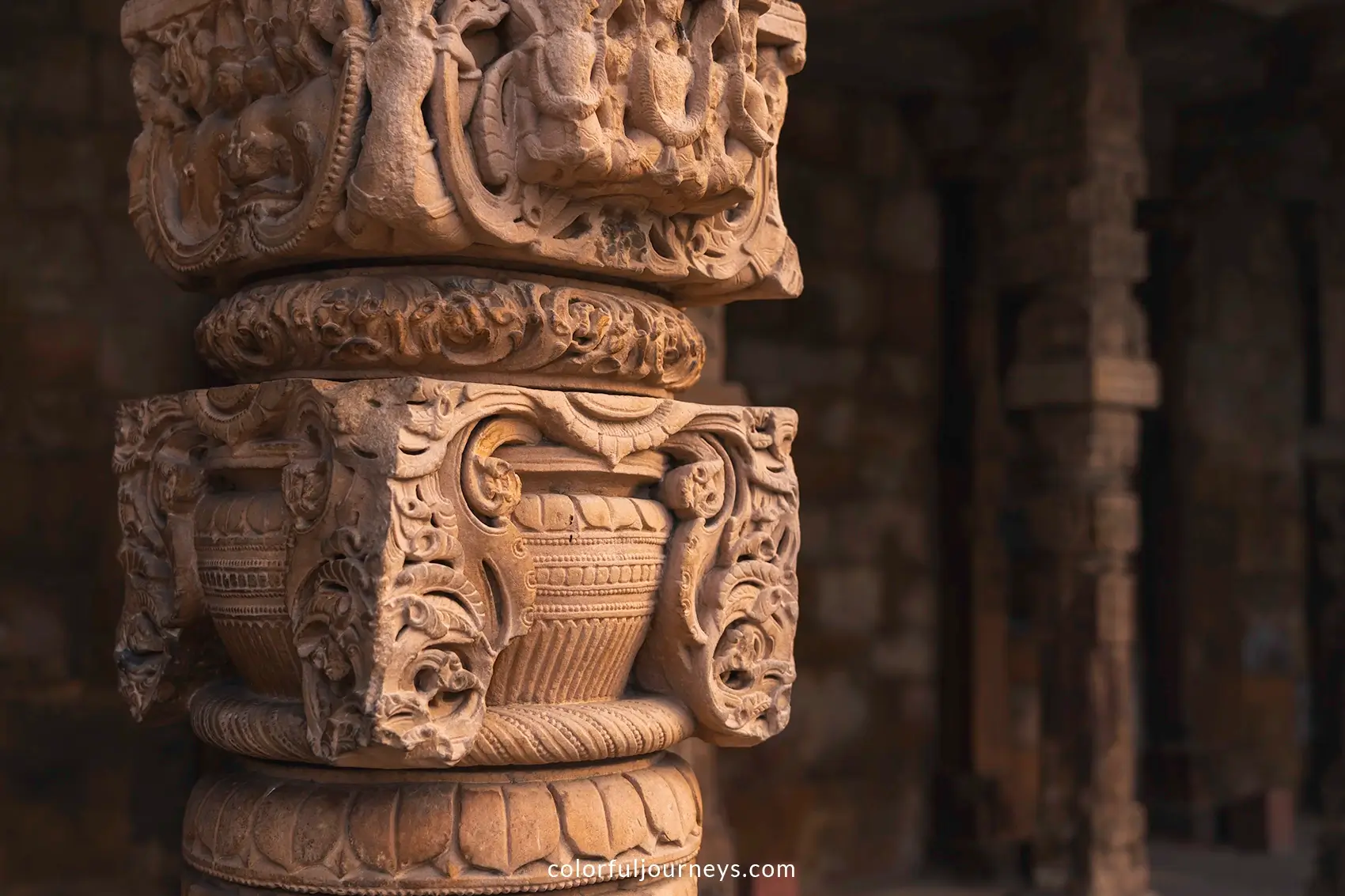
.webp)
Stacked together almost like puzzle pieces, many of the pillars were repurposed from earlier Hindu and Jain temples, and if you look closely you’ll notice a fascinating mix of figures and motifs.
Looking to see another must-visit mosque? Here is our complete guide to Jama Masjid, located right in the heart of Old Delhi.
Iron Pillar
Beside the mosque stands the Iron Pillar, dating back to the 4th century. Made of almost pure iron, it has stood for more than 1,600 years without rusting, surviving Delhi’s monsoons and scorching summers.
Scholars believe it was brought here from Udayagiri (in central India) and reinstalled in the complex centuries later.
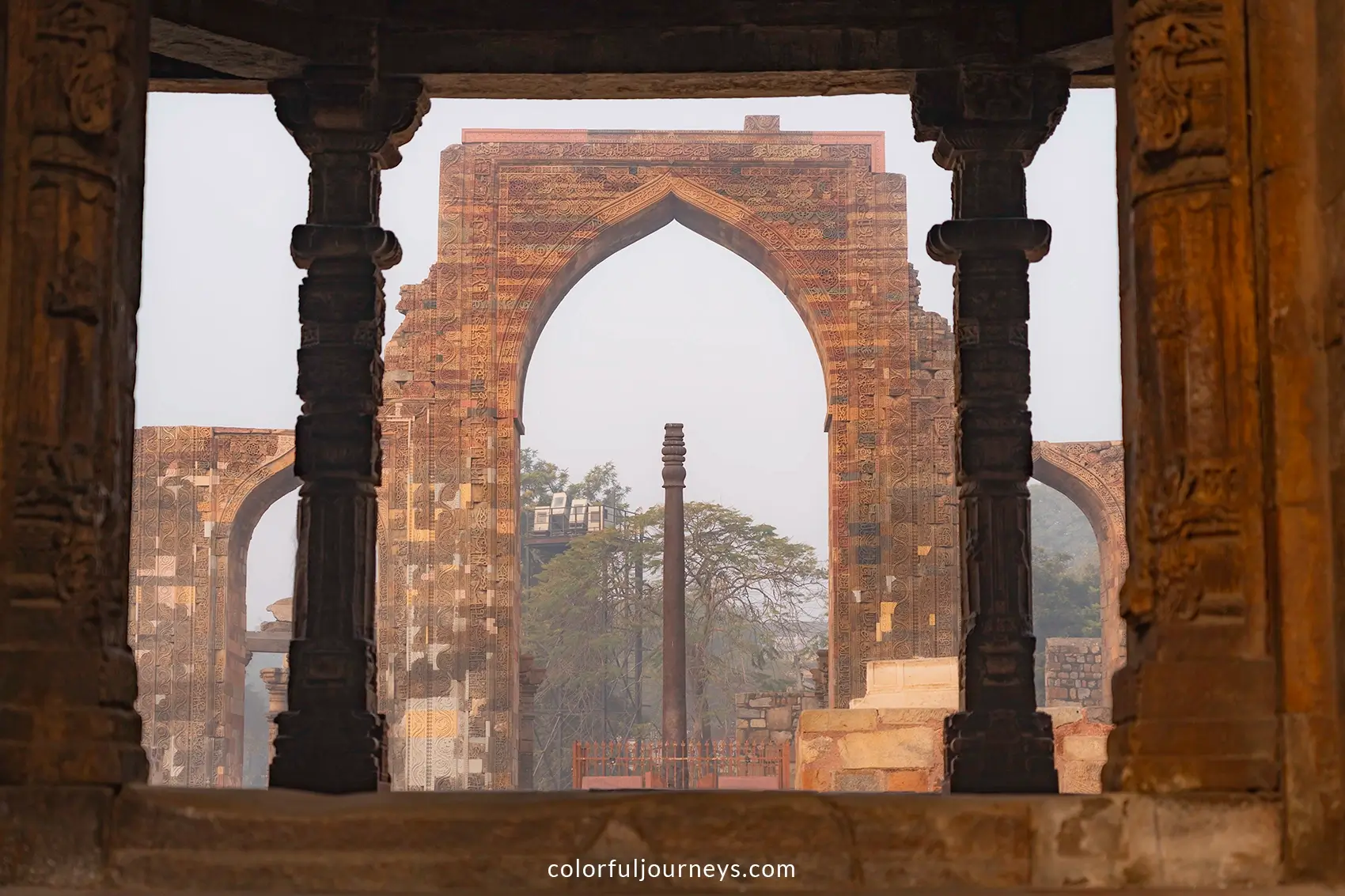
Stone Screen
Next to the Iron Pillar rises a tall red-sandstone screen, with a central arch rising about 16 meters high. This was once an entrance to the mosque’s prayer hall.
Take a moment to admire the details, from the delicate floral patterns to the flowing Arabic calligraphy.

Read: Discover Agra in 2 Days Beyond the Taj Mahal
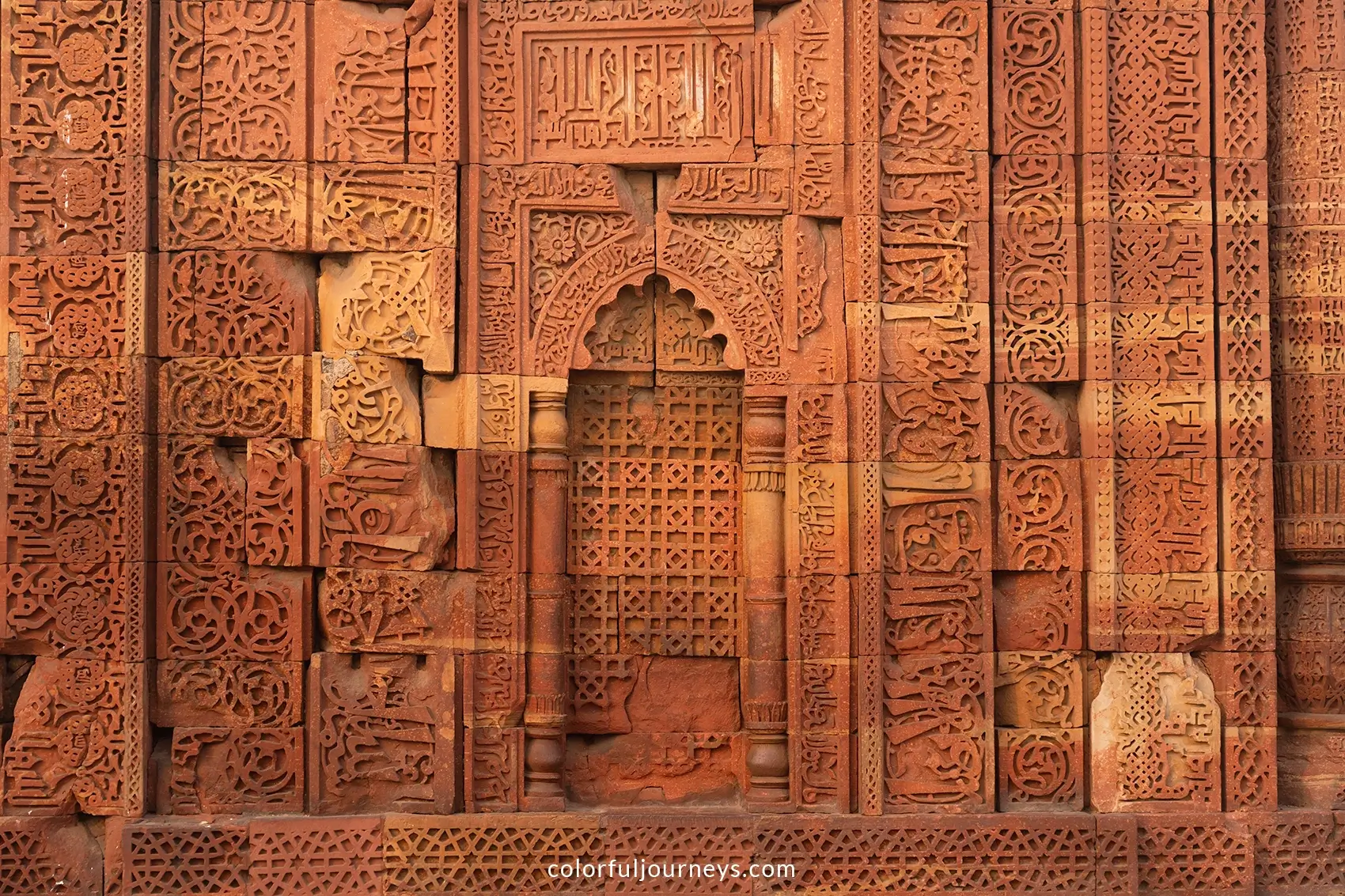
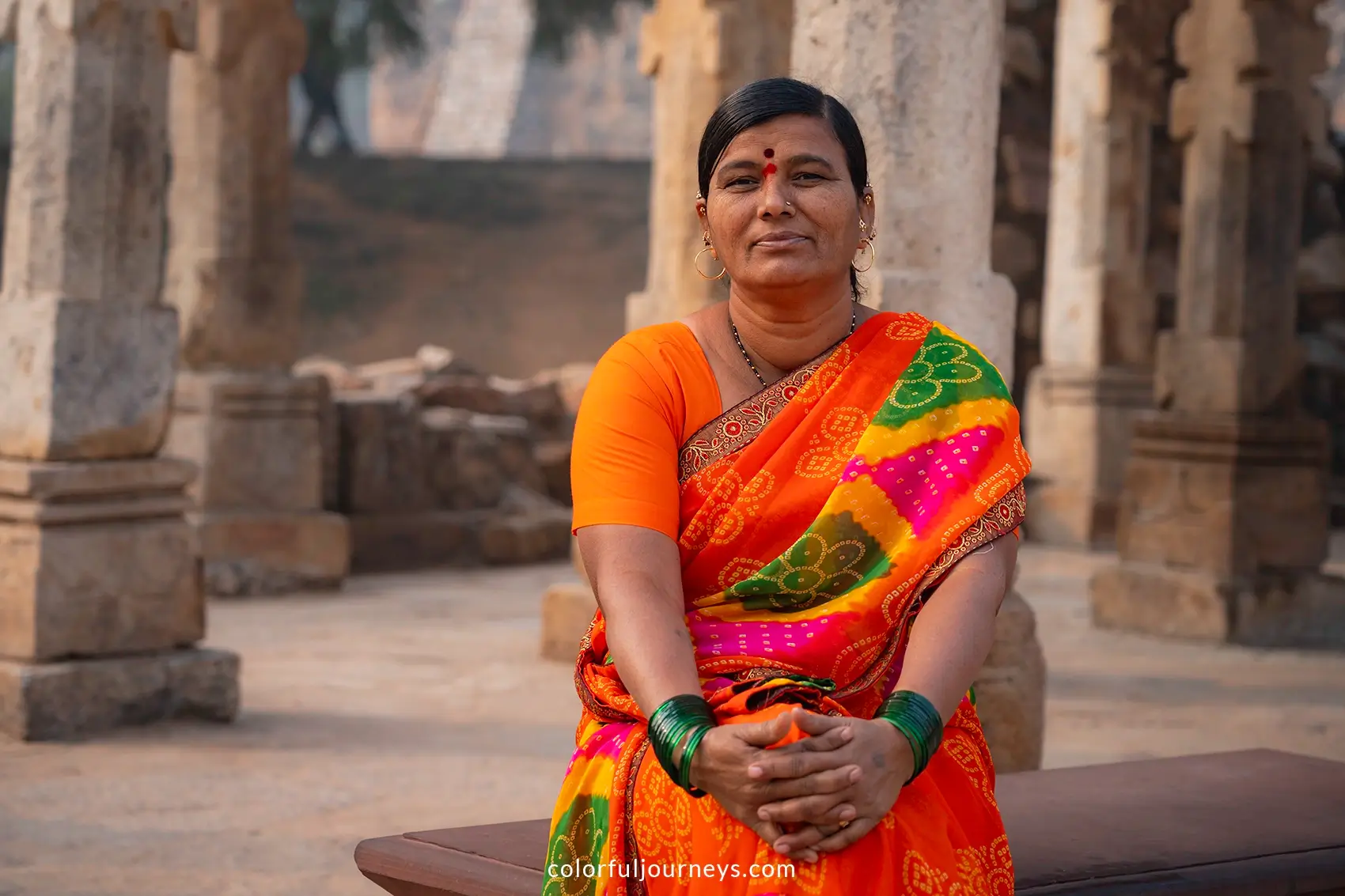
Khalji’s Tomb & Madrasa
Southwest of the screen lie the remains of Alauddin Khalji’s madrasa, or Islamic school.
Walk through the crumbling arches and quiet corridors to the south side of the courtyard, where you’ll find what is believed to be Alauddin’s tomb. This is considered the first instance in India where a ruler chose to be buried within a madrasa he founded.
Looking for Delhi’s most peaceful sunrise spot? Head to Yamuna Ghat for a magical boat ride.

Tomb of Iltutmish
In the northwest corner of the complex, stands the Tomb of Iltutmish, the second ruler of the Delhi Sultanate. Because it’s farther from the famous minar, this part of the site feels quieter and is often overlooked, though it’s well worth a visit.
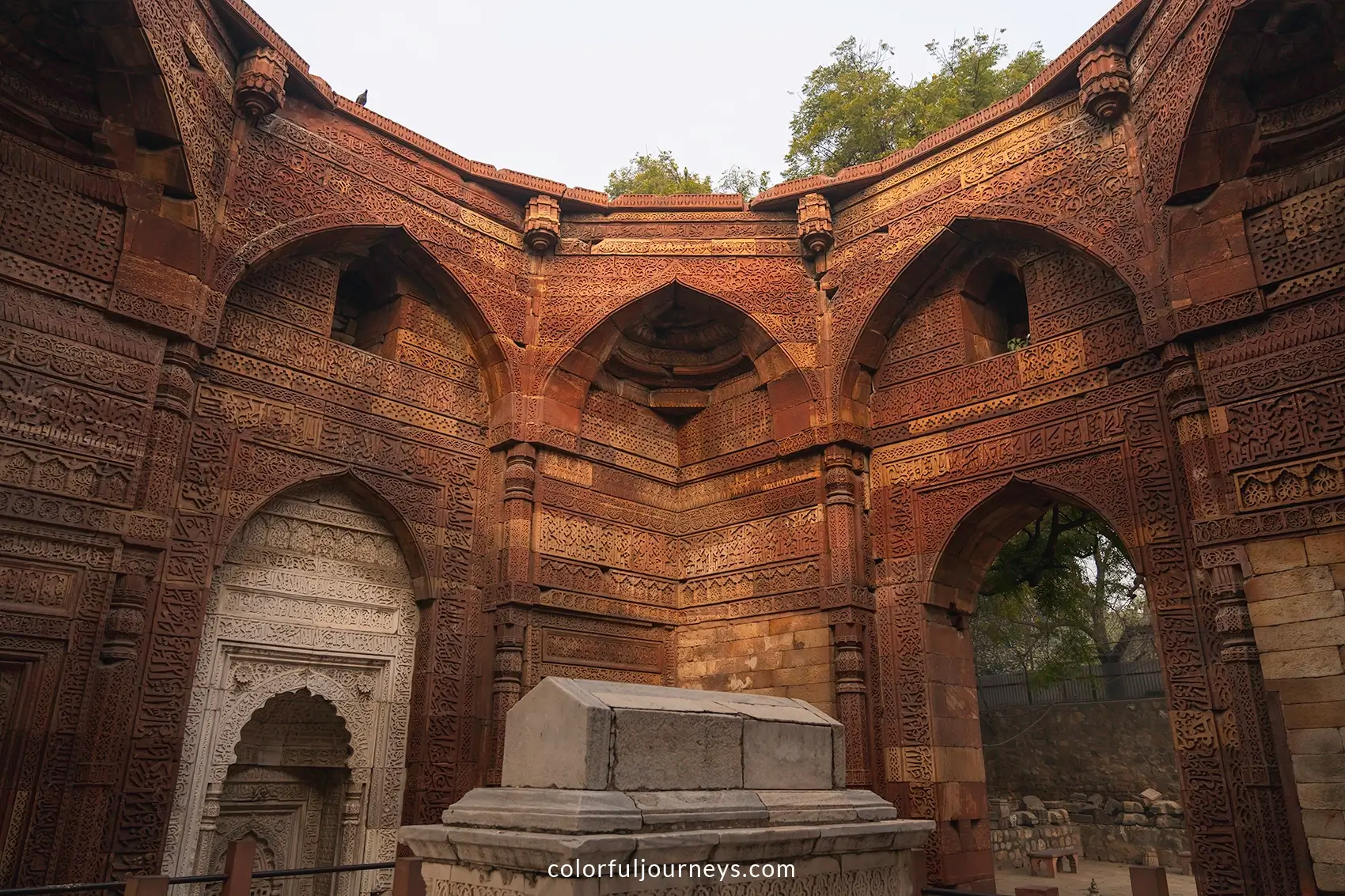
Built in 1236, the square chamber is a masterpiece of early Indo-Islamic art, and its walls are densely carved with Quranic inscriptions and arabesques.
Alai Minar
Finally, head north to the Alai Minar, an unfinished tower begun by Alauddin Khalji, one of the most powerful conquerors of his time. He envisioned it as a victory tower that would rise to twice the height of the Qutub Minar.
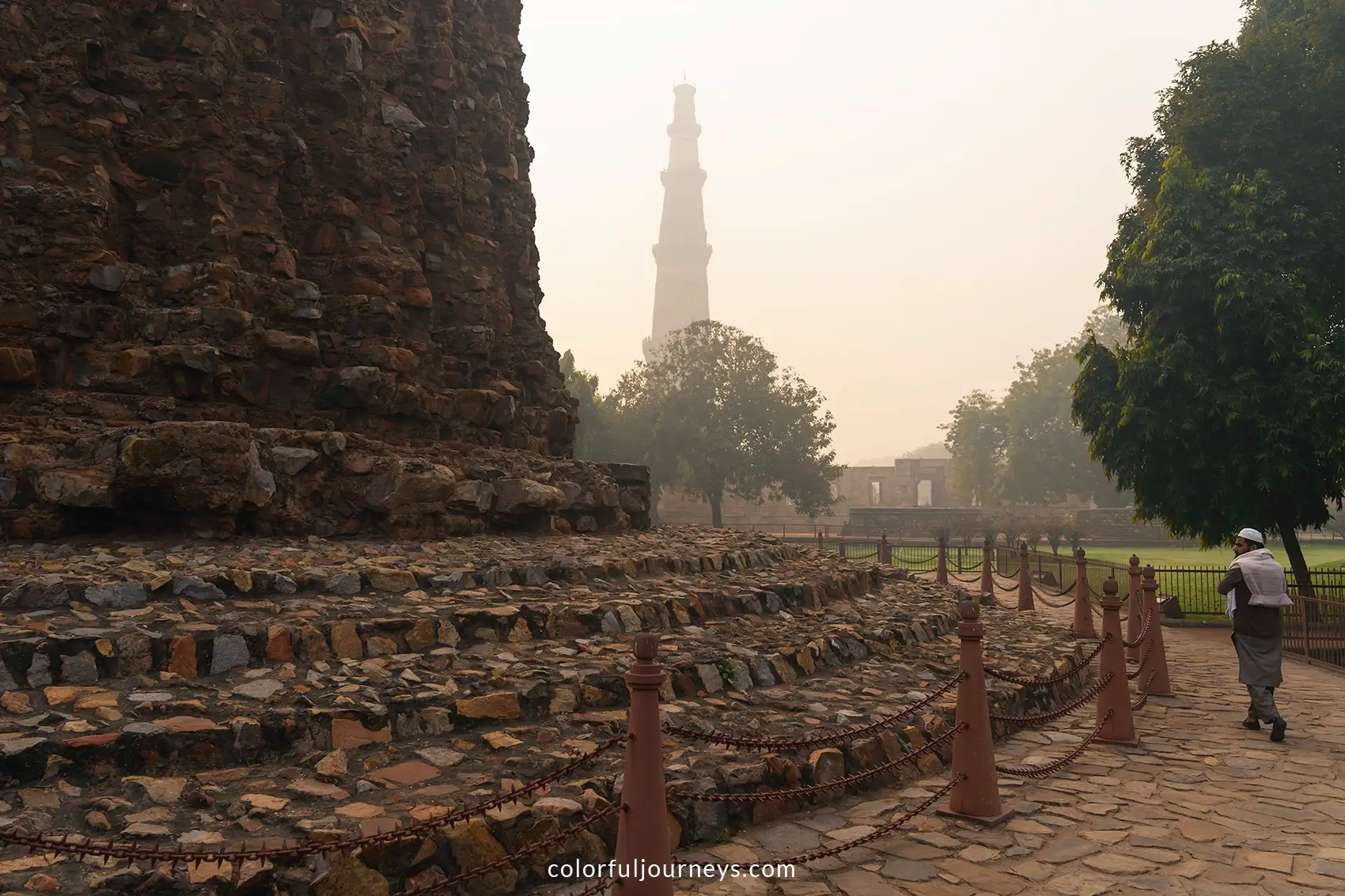
Construction started in 1313, but when Alauddin died in 1316, the project was abandoned, leaving behind a single 24.5 meter storey that stands as a reminder of his great ambitions.

Read: Guide to Discovering the Pink City of Jaipur
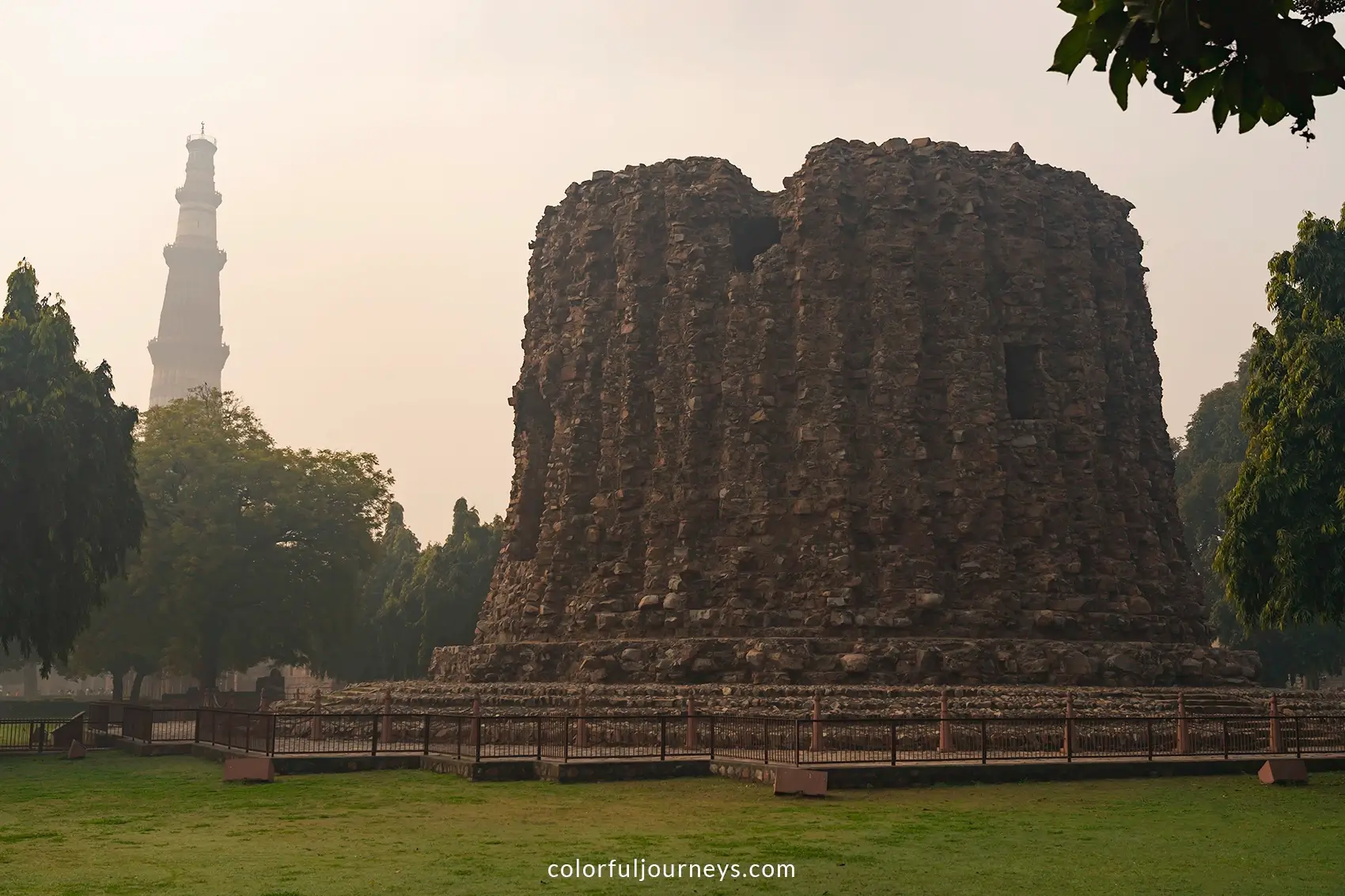
Top Tours in Delhi
While it’s easy to visit the Qutub Minar on your own, joining a tour can give you added context and stories from an English-speaking guide. Here are some of the most recommended options.
How to Get to Qutub Minar
Metro: The nearest stop is Saket Station on the Yellow Line, which links to key parts of Delhi, including Connaught Place and Chandni Chowk. From Saket, it’s about a 7-minute rickshaw ride to the entrance.
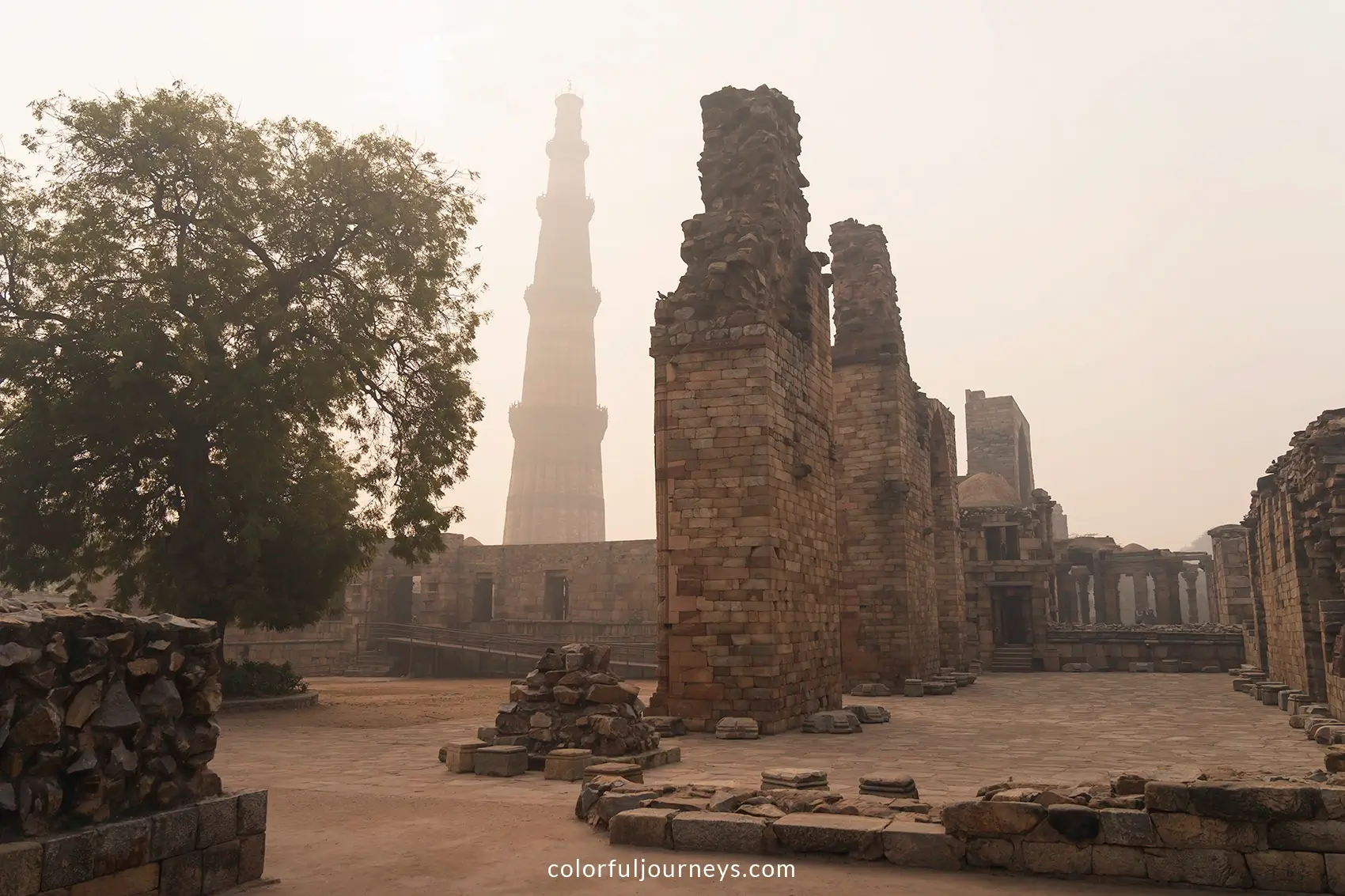
Rickshaw: If you’re staying nearby, hopping on a rickshaw is the easiest way to get around. They’re easy to find, but be sure to agree on the fare before you hop in.
Uber/Ola: Ridesharing apps are widely available in Delhi and are a comfortable, hassle-free option, especially if you’re traveling from Old Delhi down to the south. They’re also a great choice on the chilly winter mornings when you’ll appreciate being in a warm car.

Read: Best Ways to Get Around in India
Best Time to Visit
For the most enjoyable experience, plan your visit to the Qutub Minar between October and March, when the weather is cool and comfortable for walking around the complex. Arrive early in the morning to avoid crowds, and if possible, plan your visit on a weekday.
During the winter, heavy fog in the morning can obscure the minaret above the first storey. For the clearest view of the tower, come a little later in the morning once the mist has lifted.
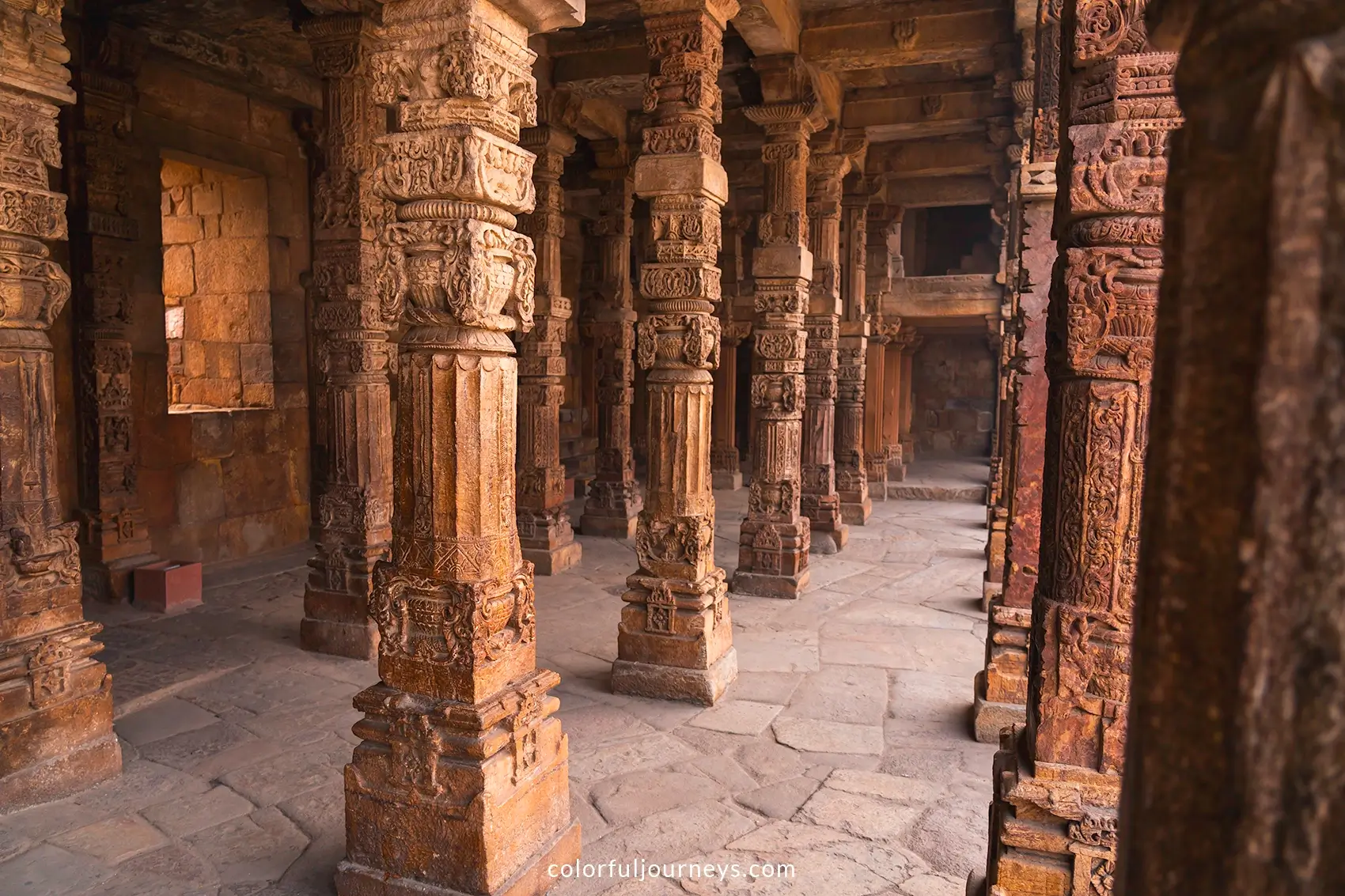
Where to Stay
Here are the most recommended places to stay in South Delhi near Qutub Minar. Find all accommodations in Delhi here.
Where to Eat & Drink
Blue Tokai Coffee Roasters: Just a short walk from Qutub Minar, this popular spot is known for its excellent coffee and a wide range of pastries, sandwiches, and flatbreads. 7am-11pm
The Cafe Stone: Set in a charming garden with views of the Qutub Minar, this cafe is perfect for a relaxed drink. 10am-9pm
Olive Bar & Kitchen: A stylish Mediterranean restaurant with a cozy courtyard. It’s especially popular in the evenings, so it’s best to make a reservation. 12:30pm-12am
And that’s your guide to exploring the Qutub Complex in Delhi!
We hope this helps you plan your visit and soak up all the history of one of India’s most iconic sites. If you’re staying longer, check out our 3-day Delhi itinerary for more ideas on how to make the most of your time in the capital.
If you have any questions, feel free to drop us a comment below.
Some links in this Qutub Minar Travel Guide may be affiliate links.
This means that if you make a purchase after clicking on one of our links, we will receive a small commission at no extra cost to you. Please know that by doing so, you are supporting Colorful Journeys in continuing to provide free high quality content to help you in your travels!
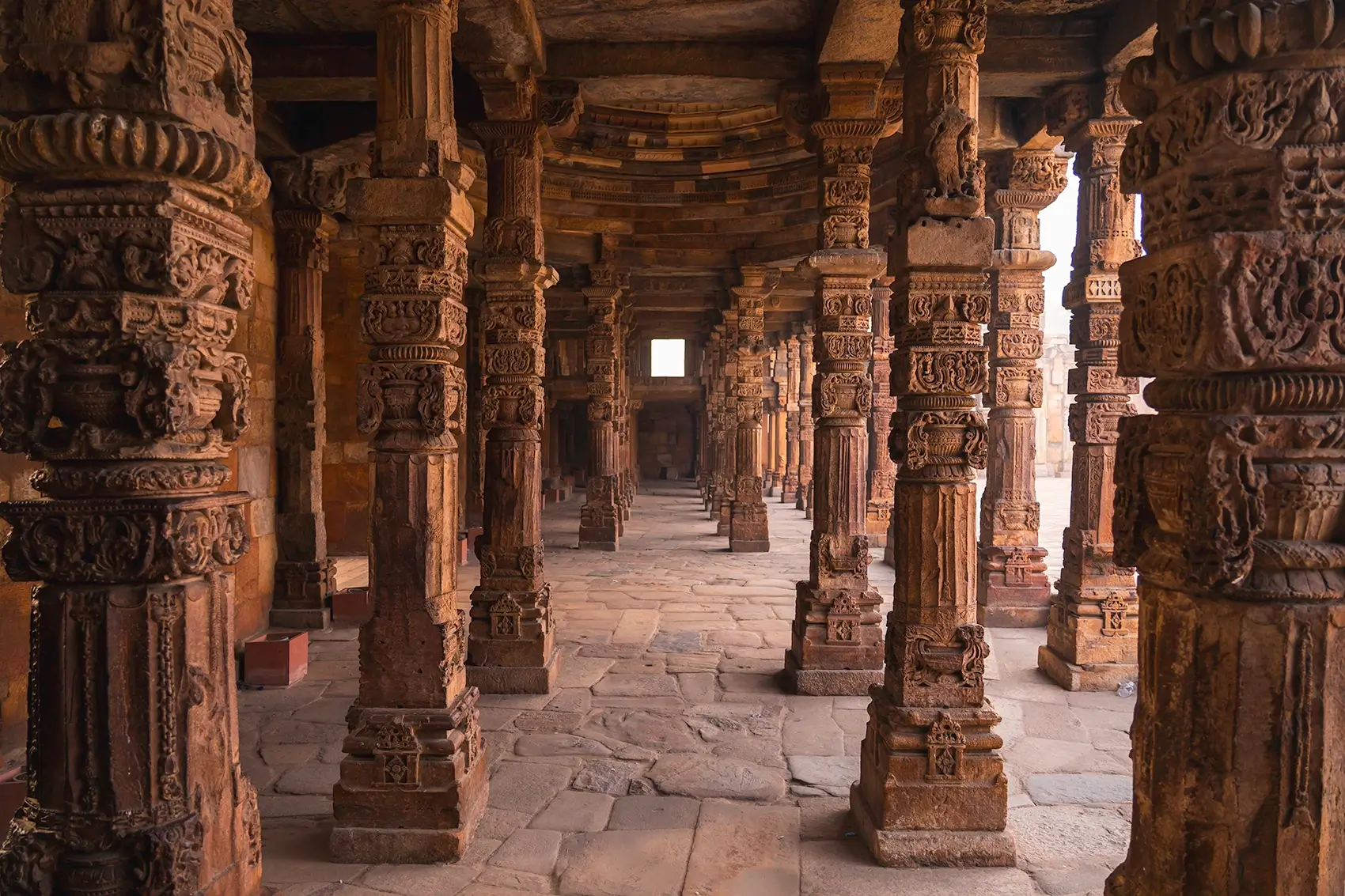
.webp)
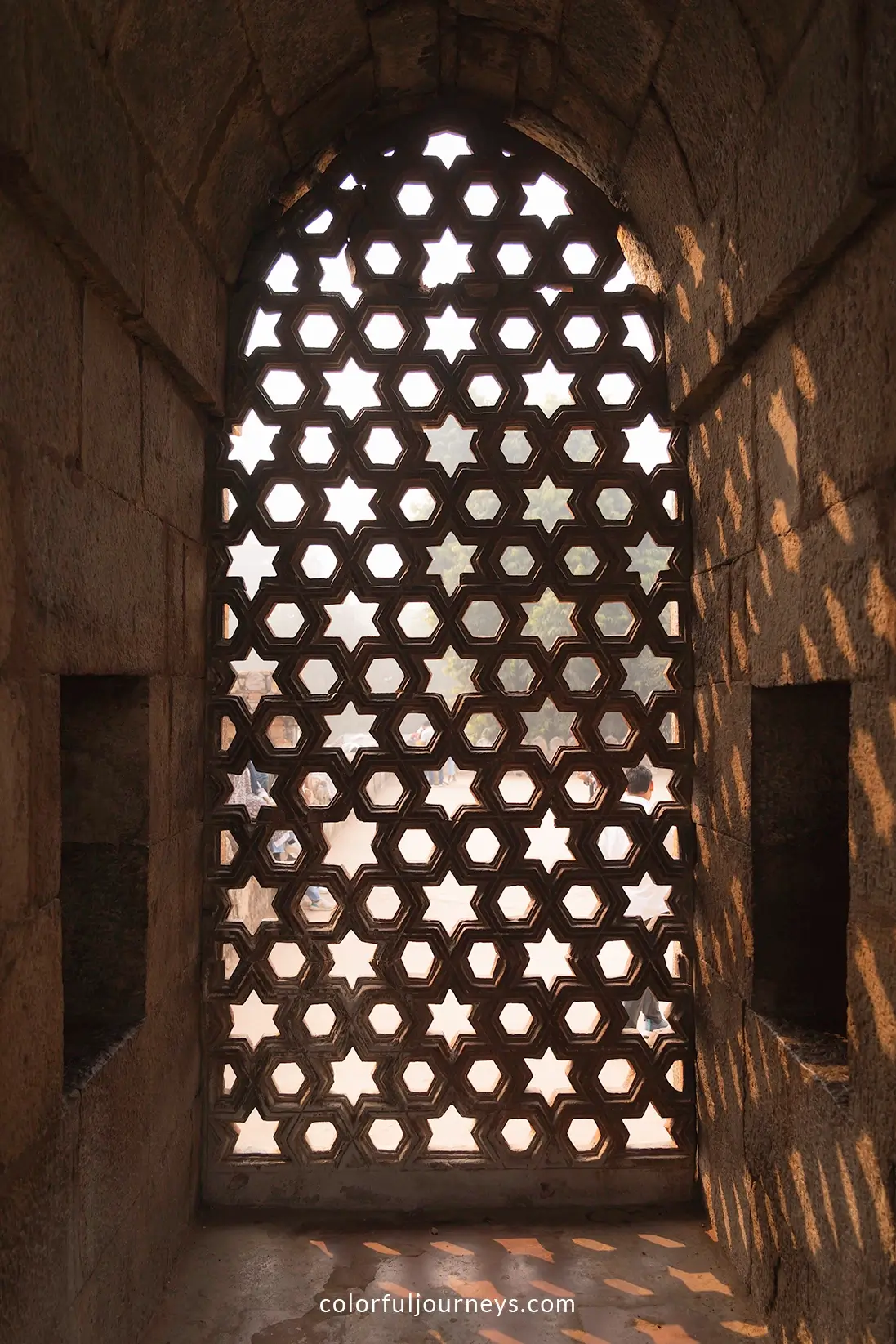
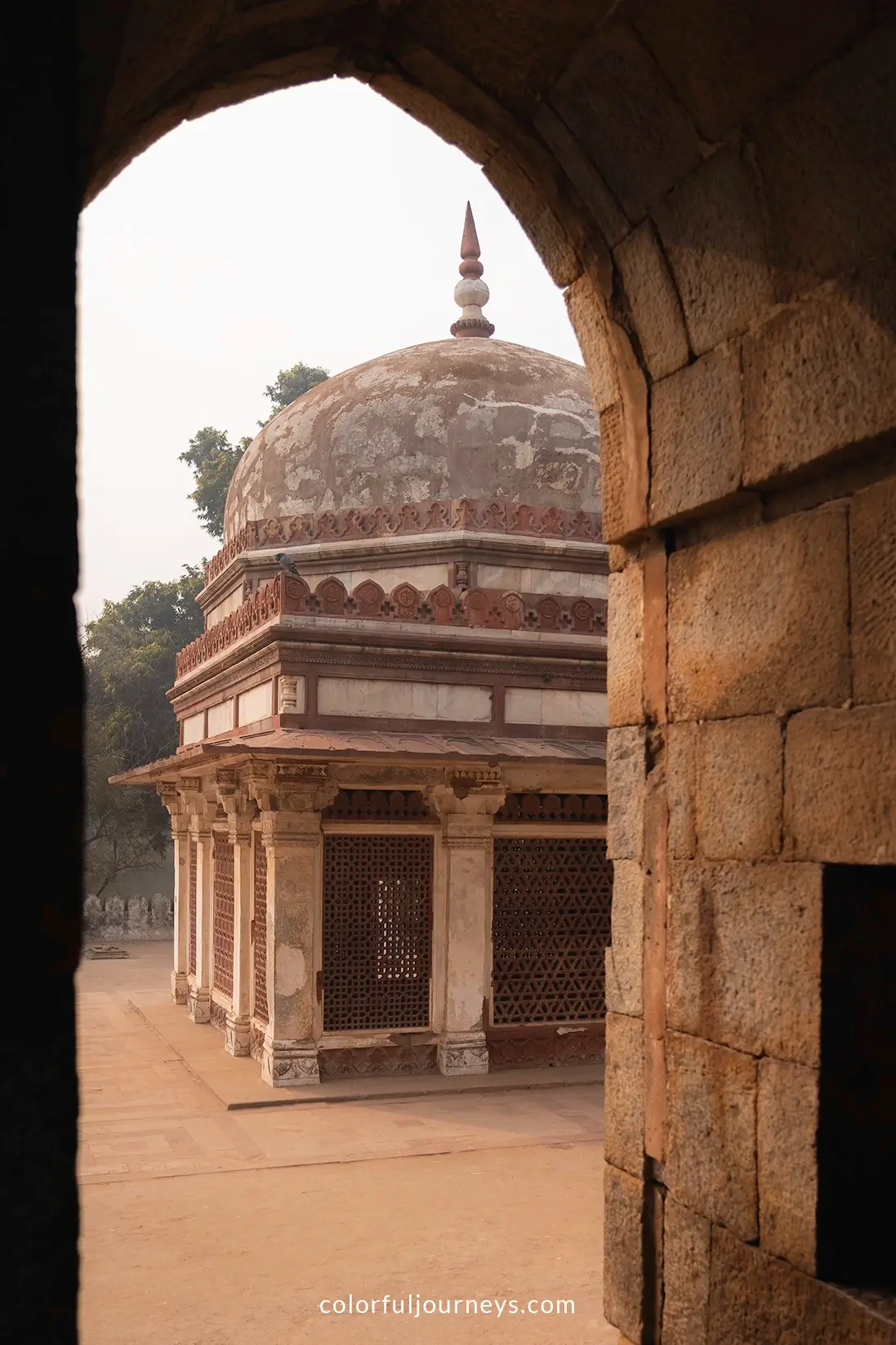
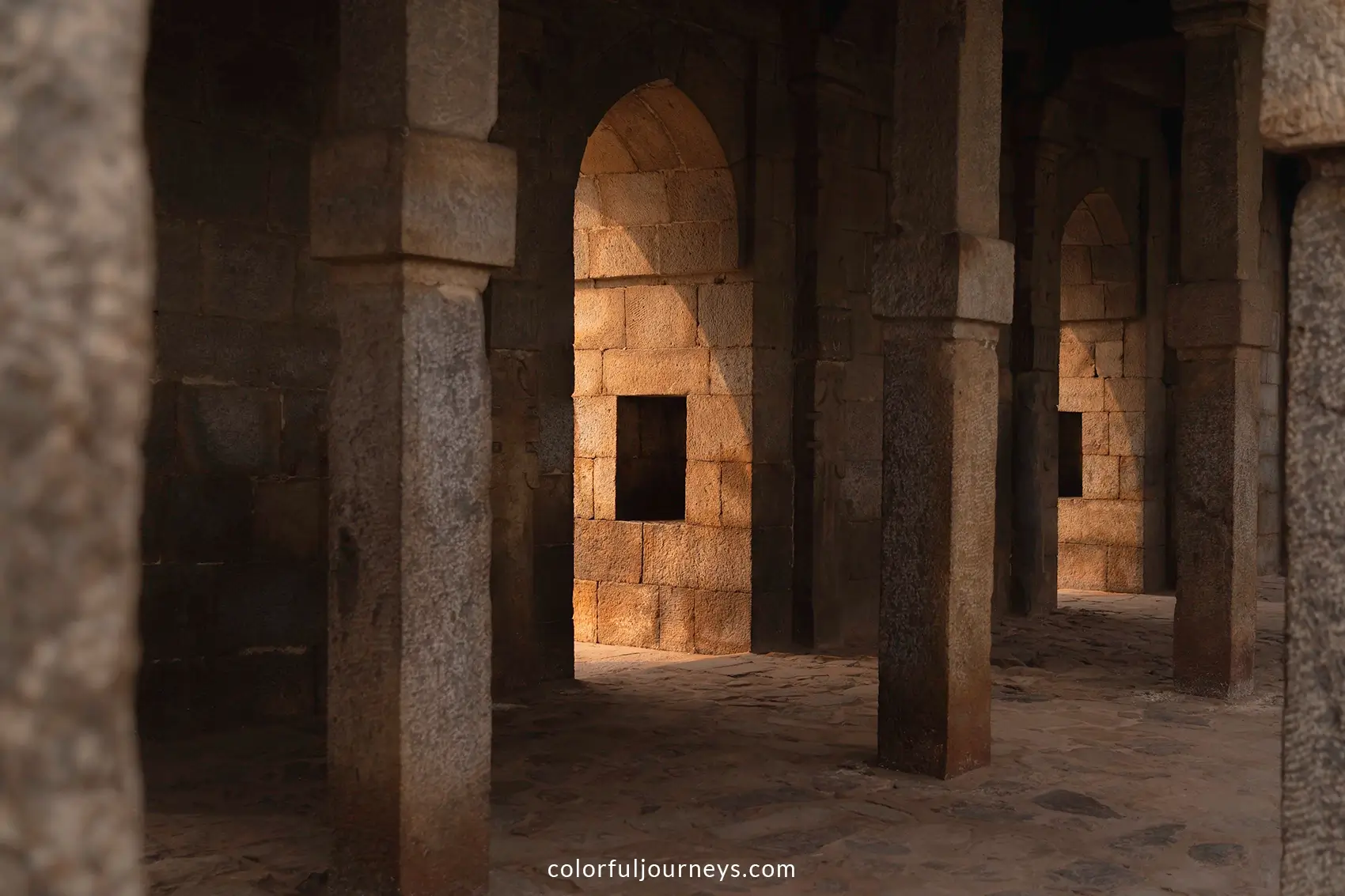
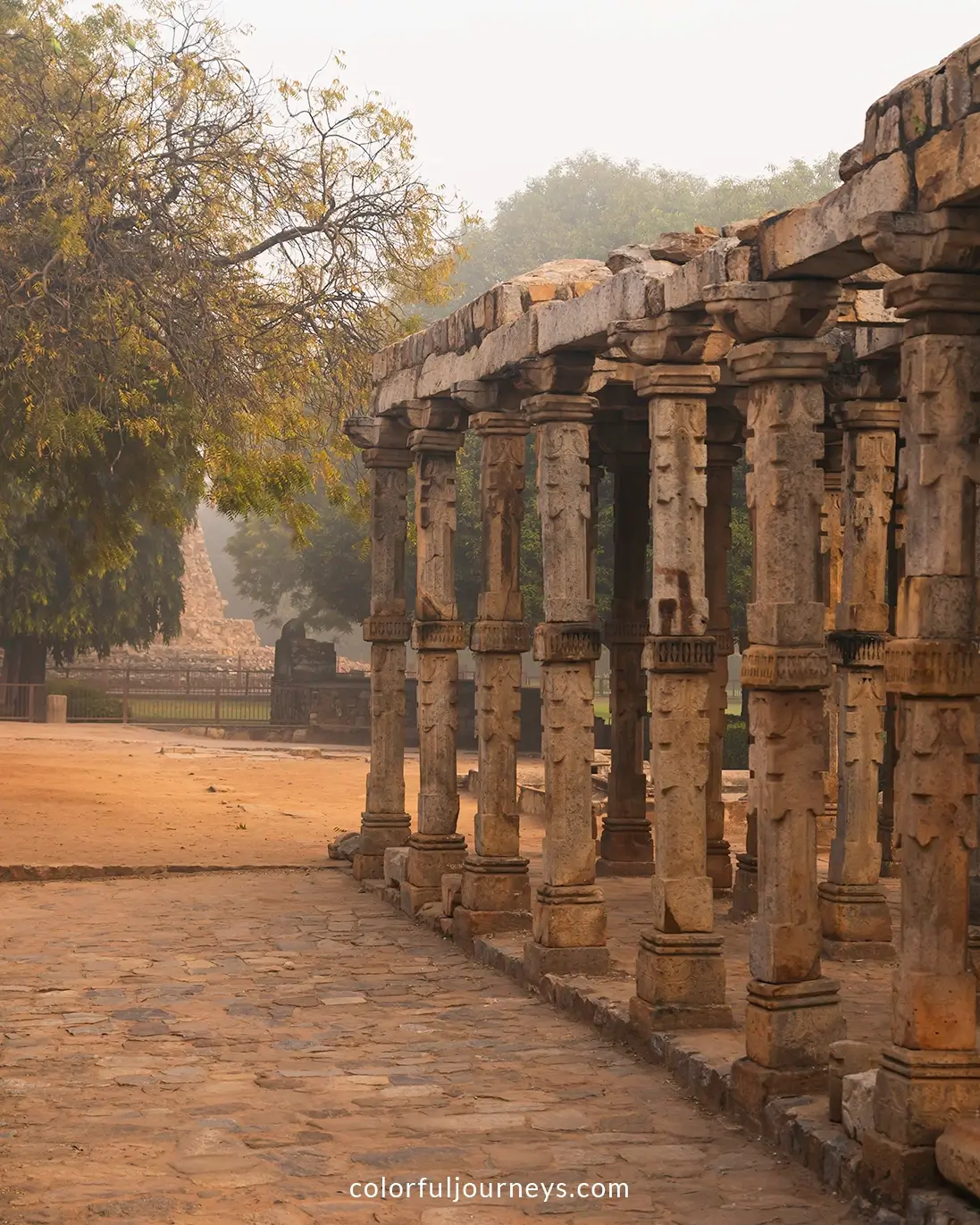
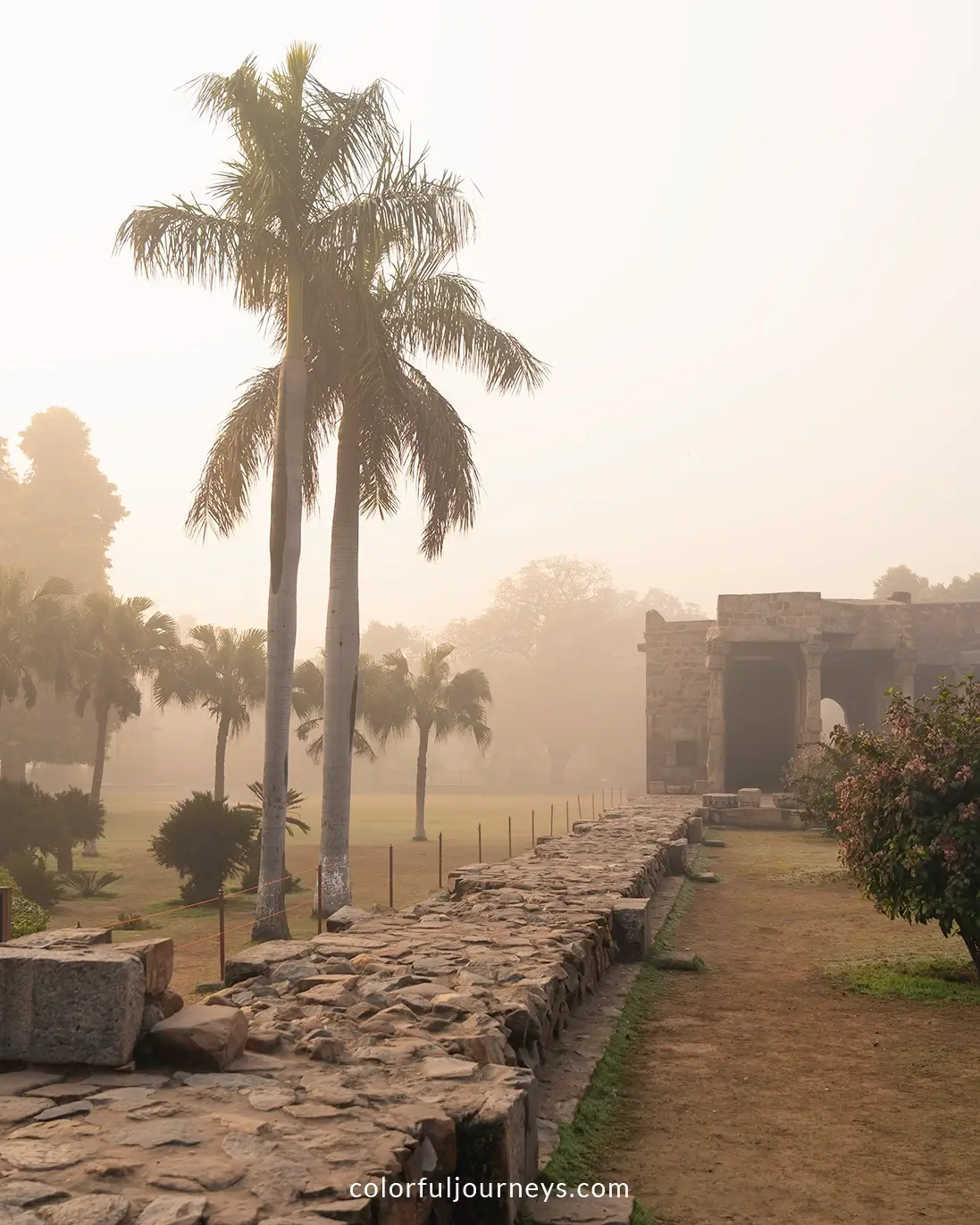
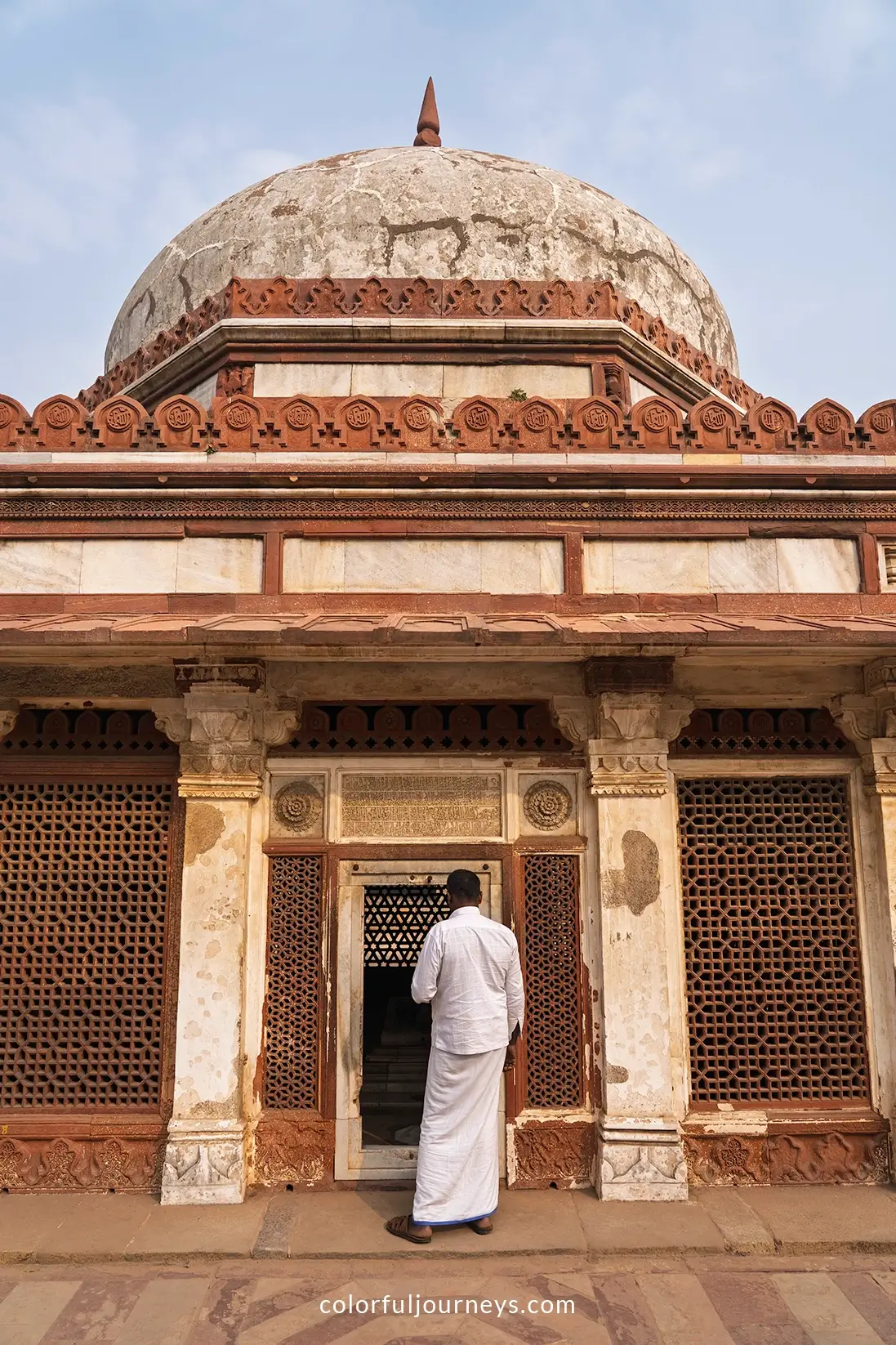
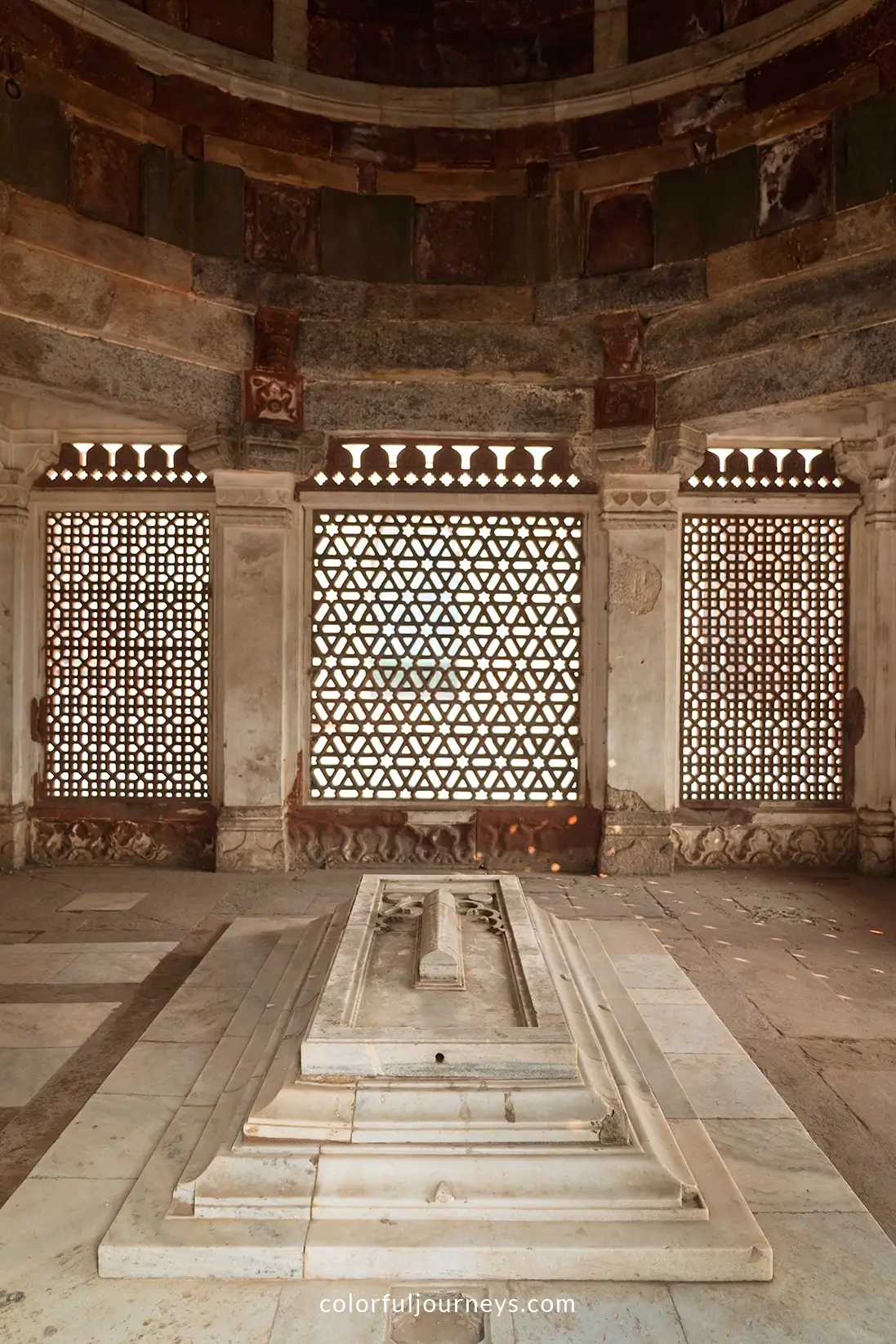
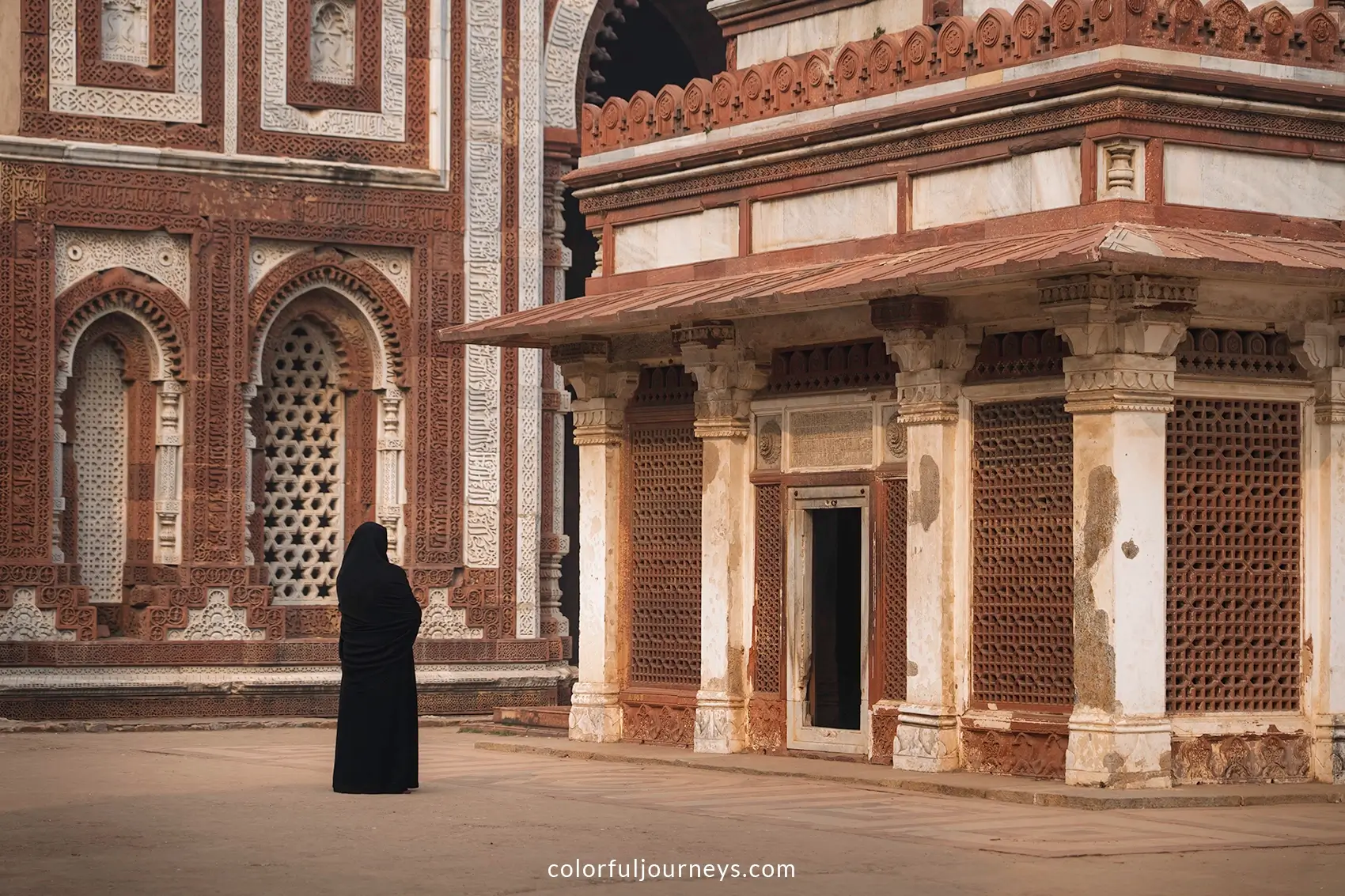
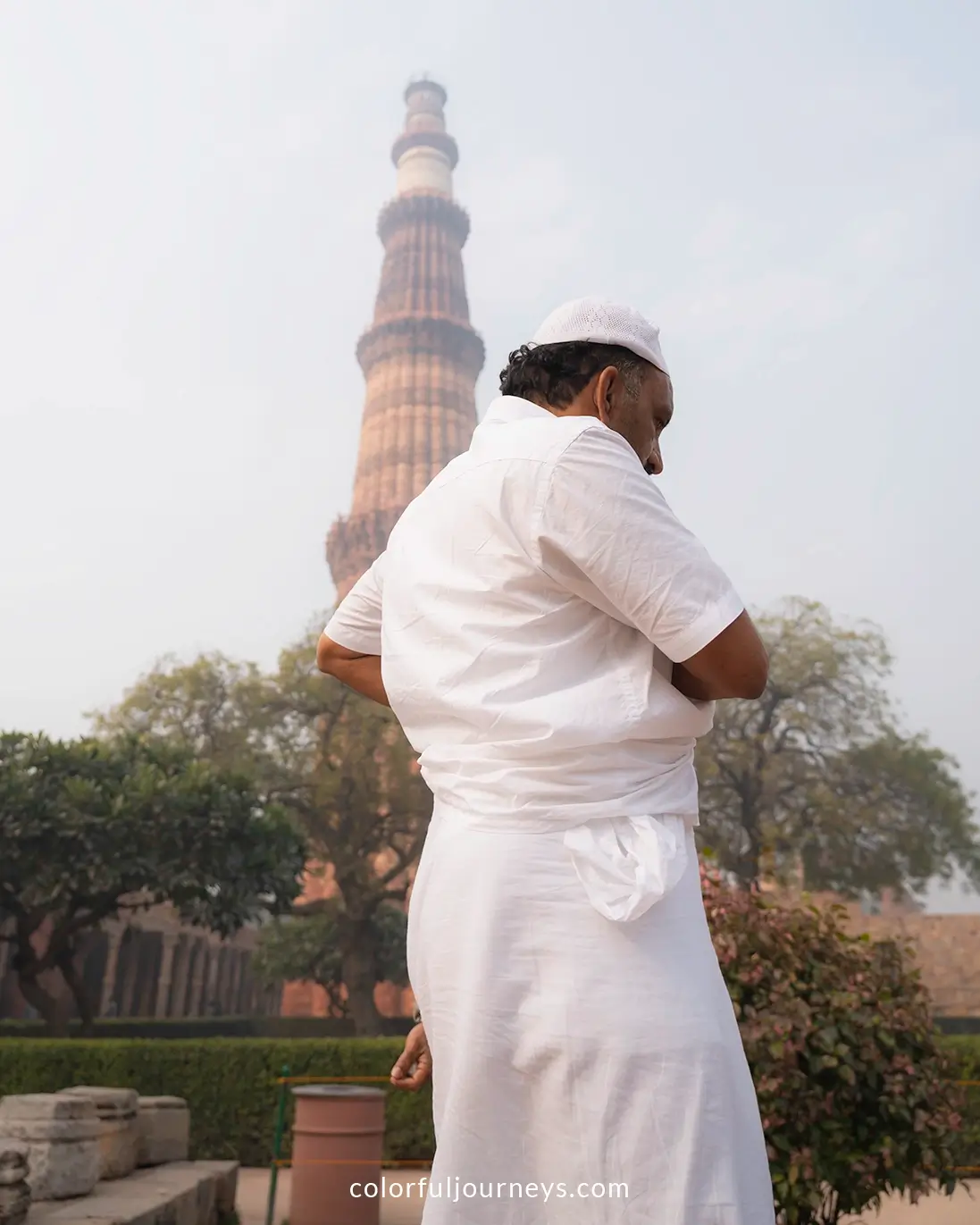
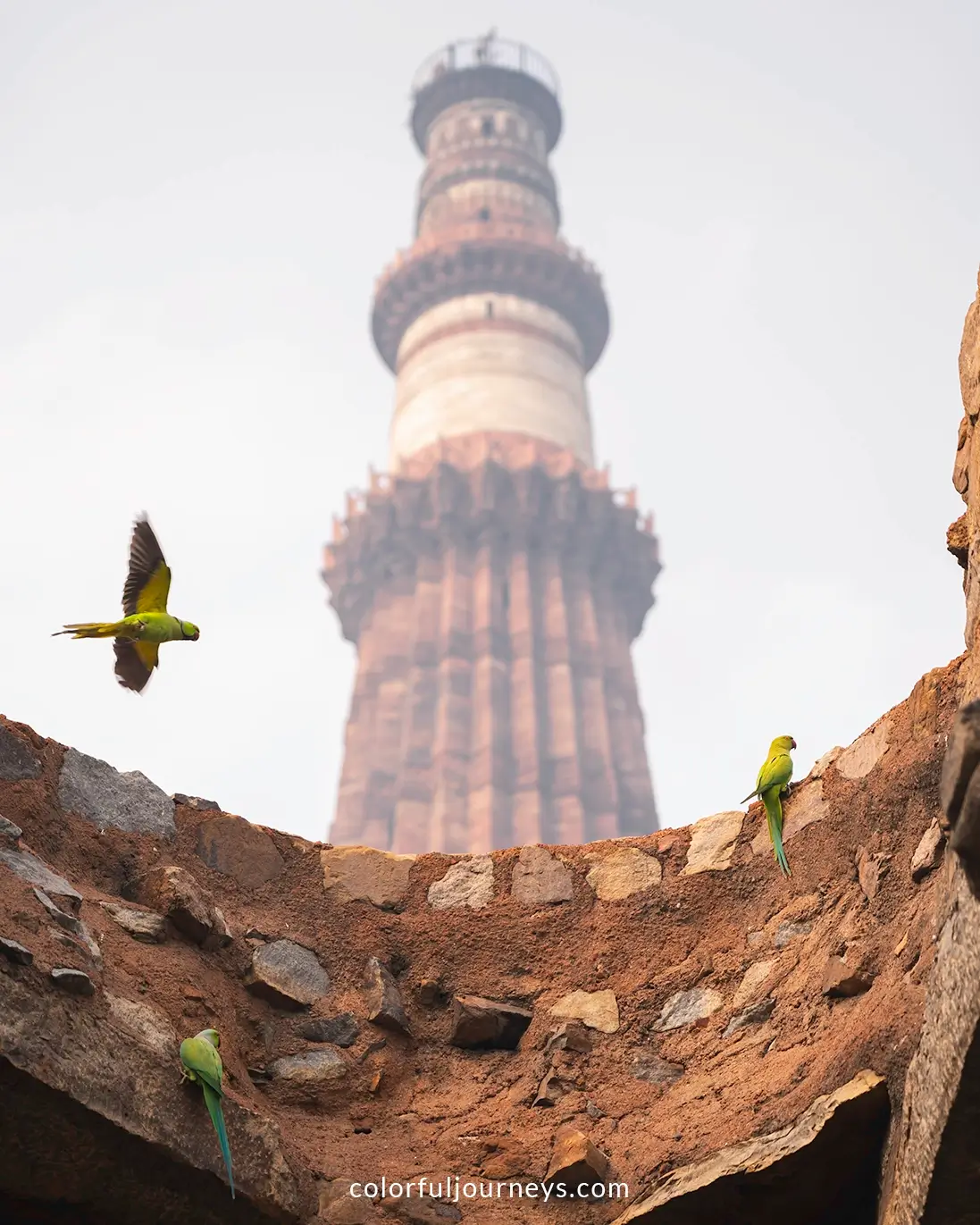
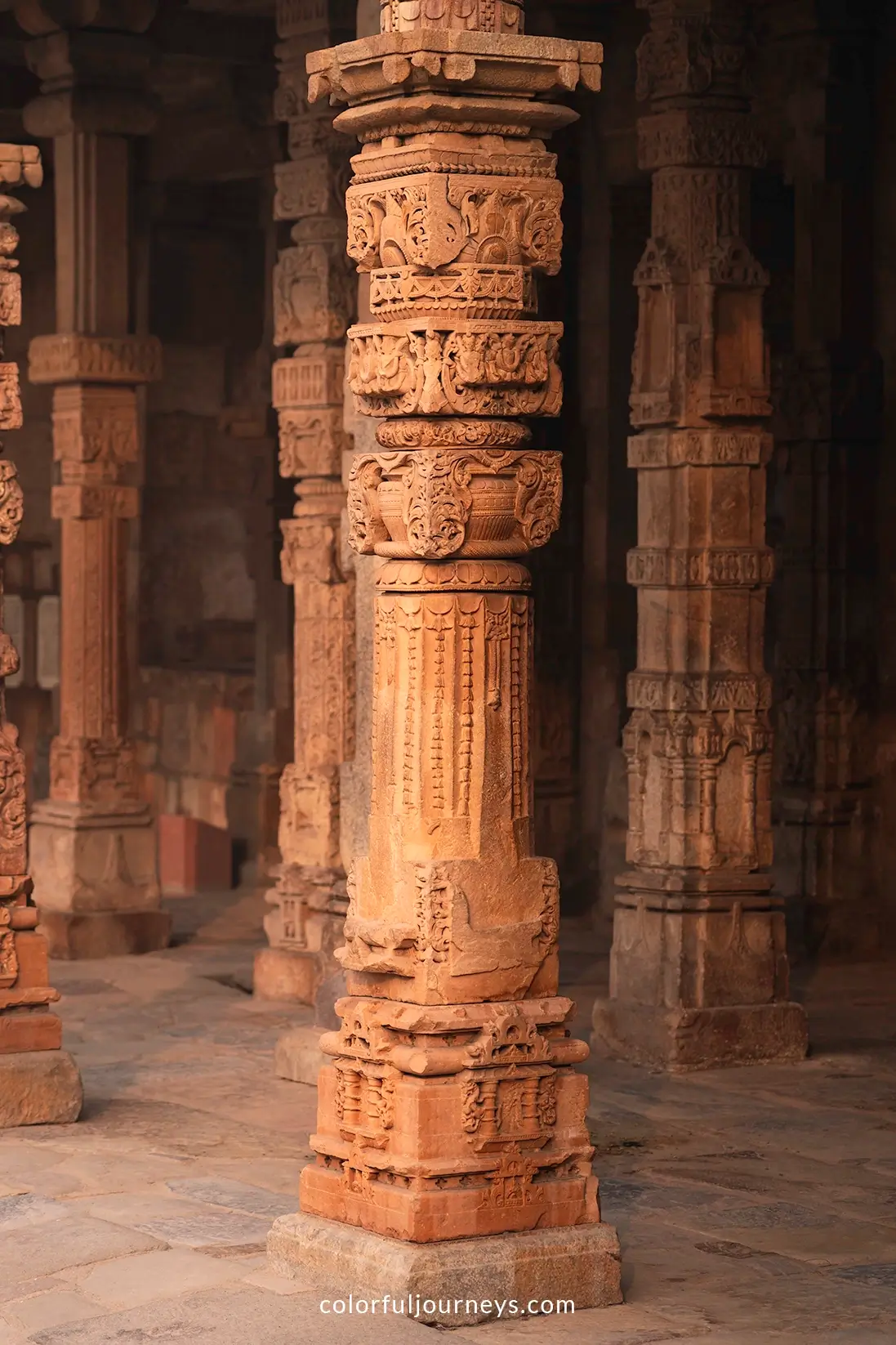
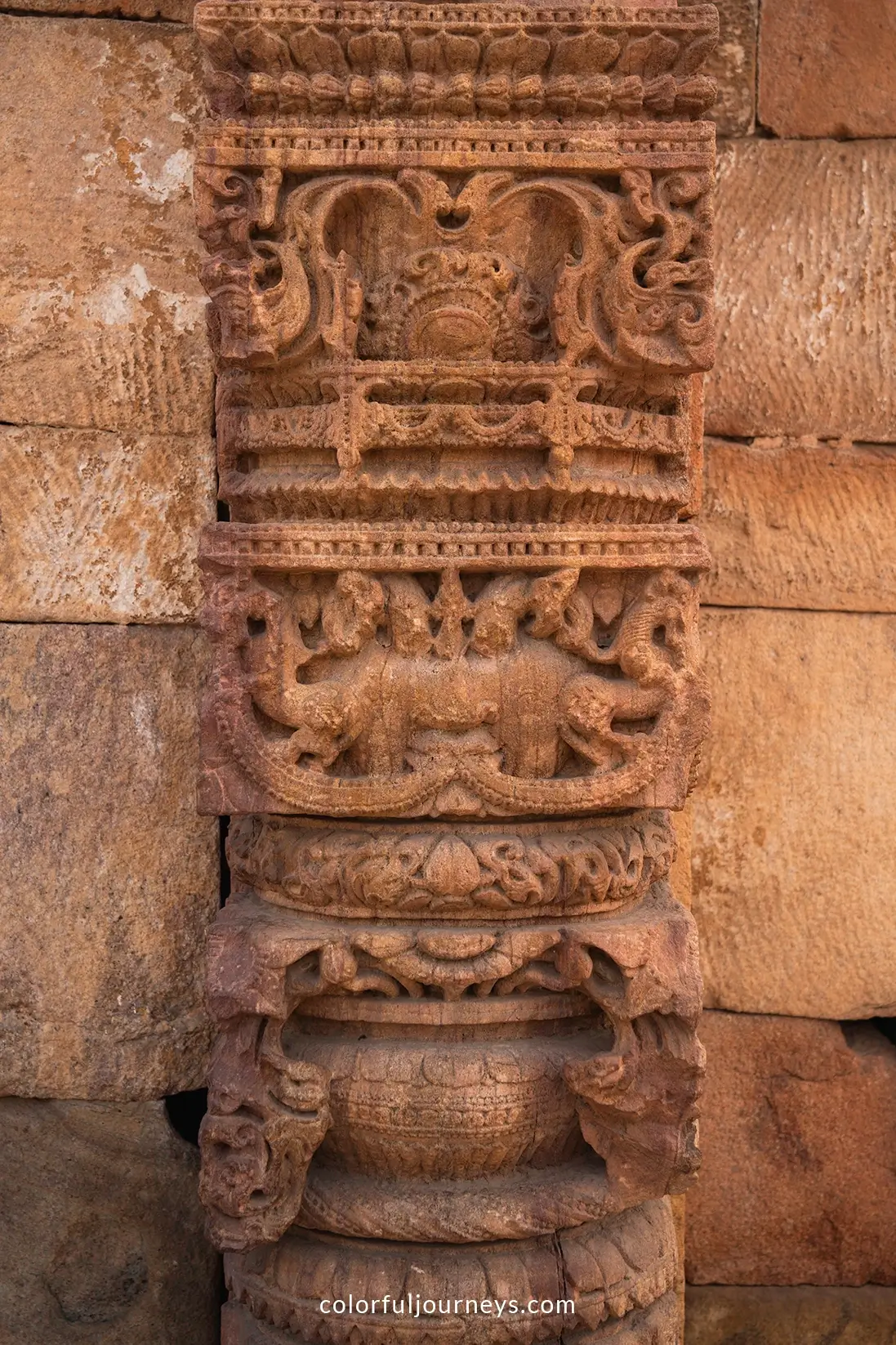
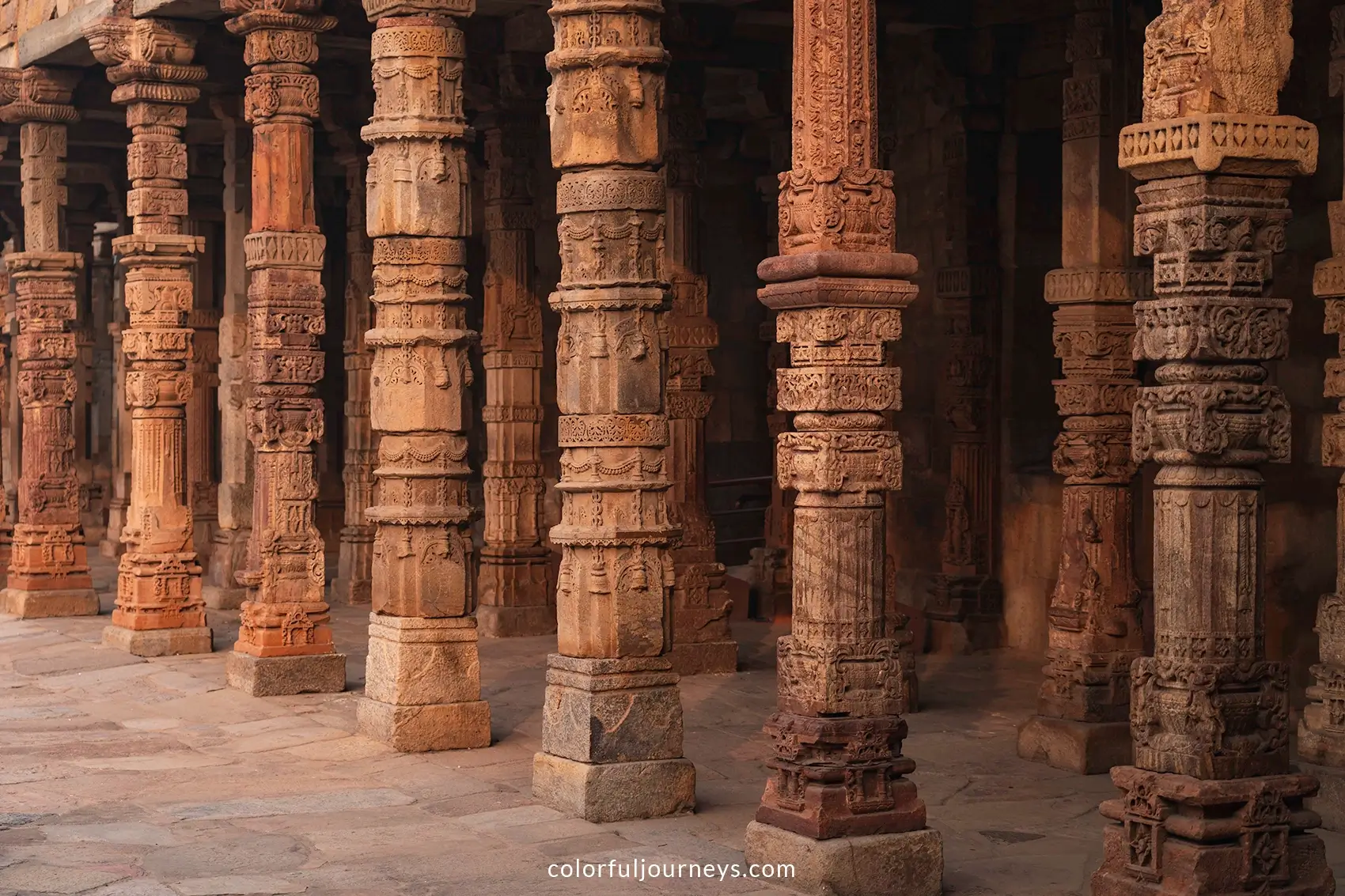
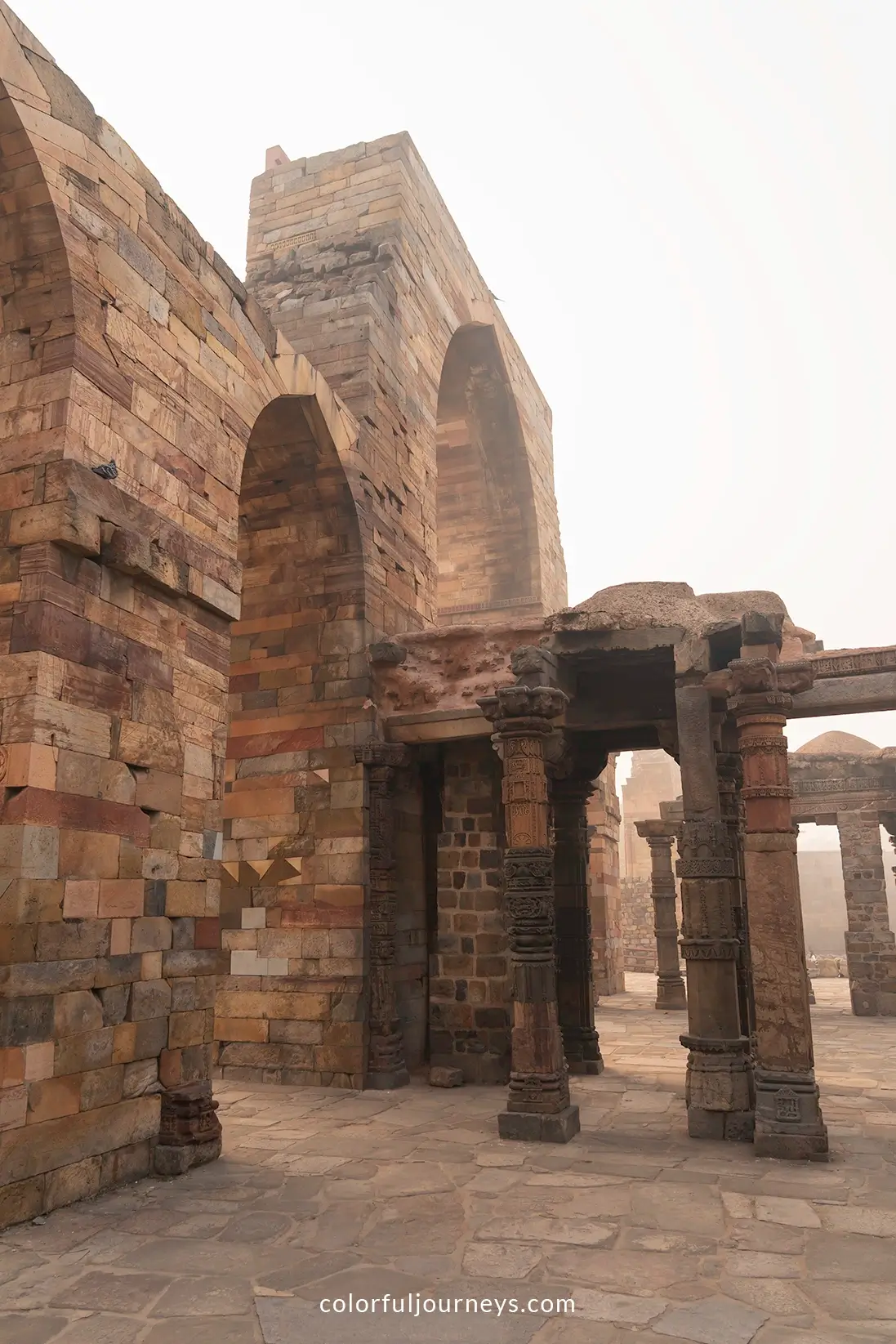
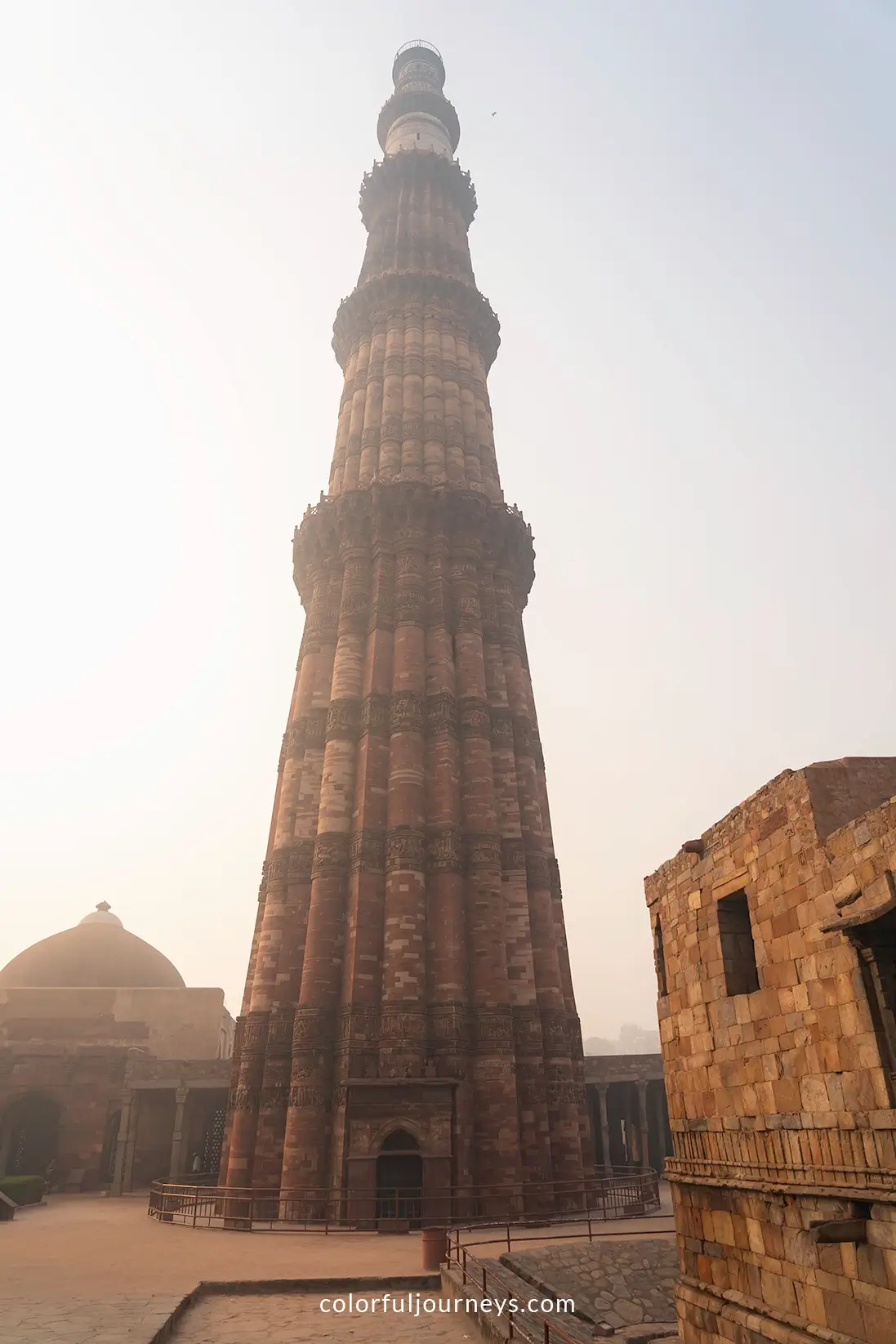
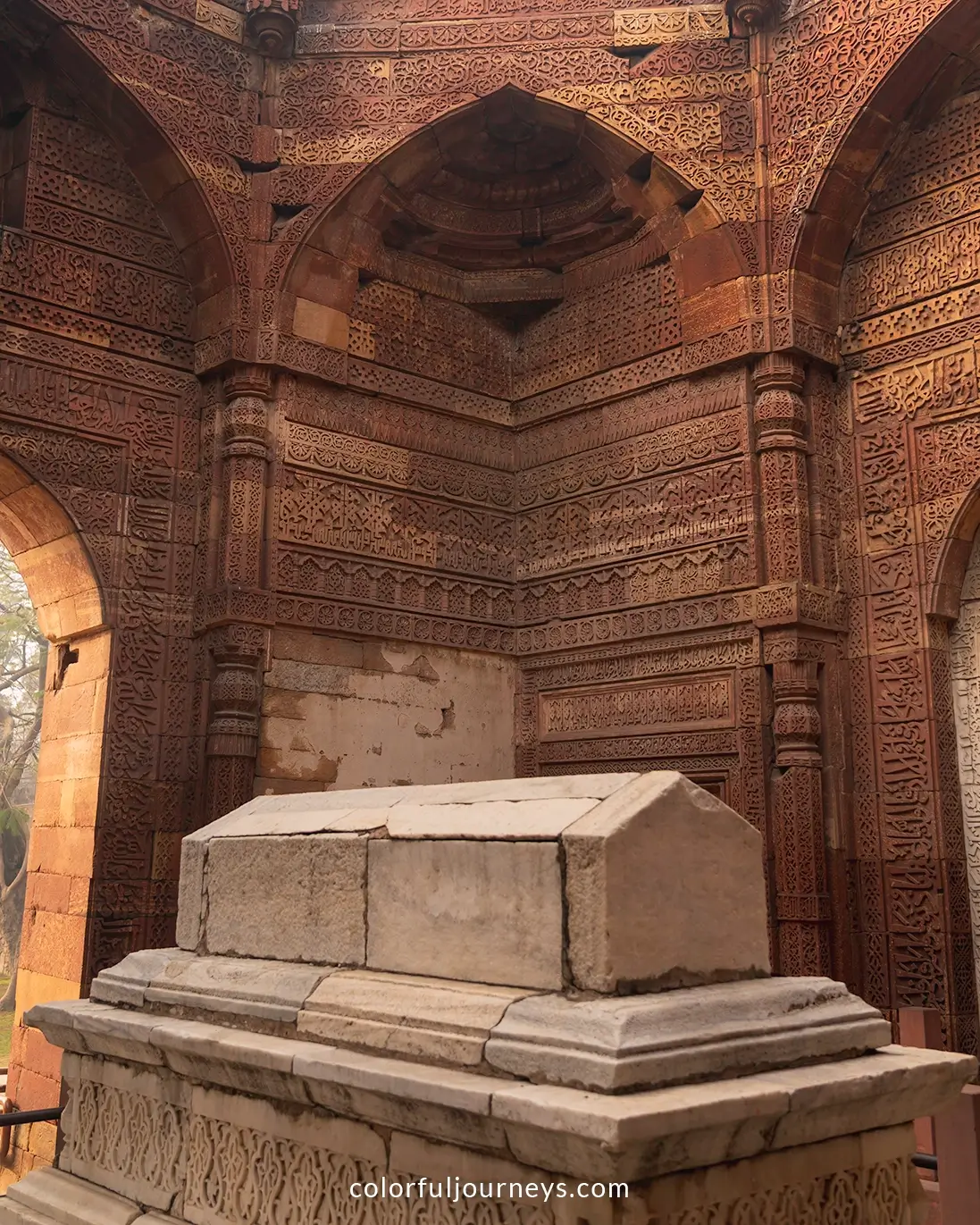
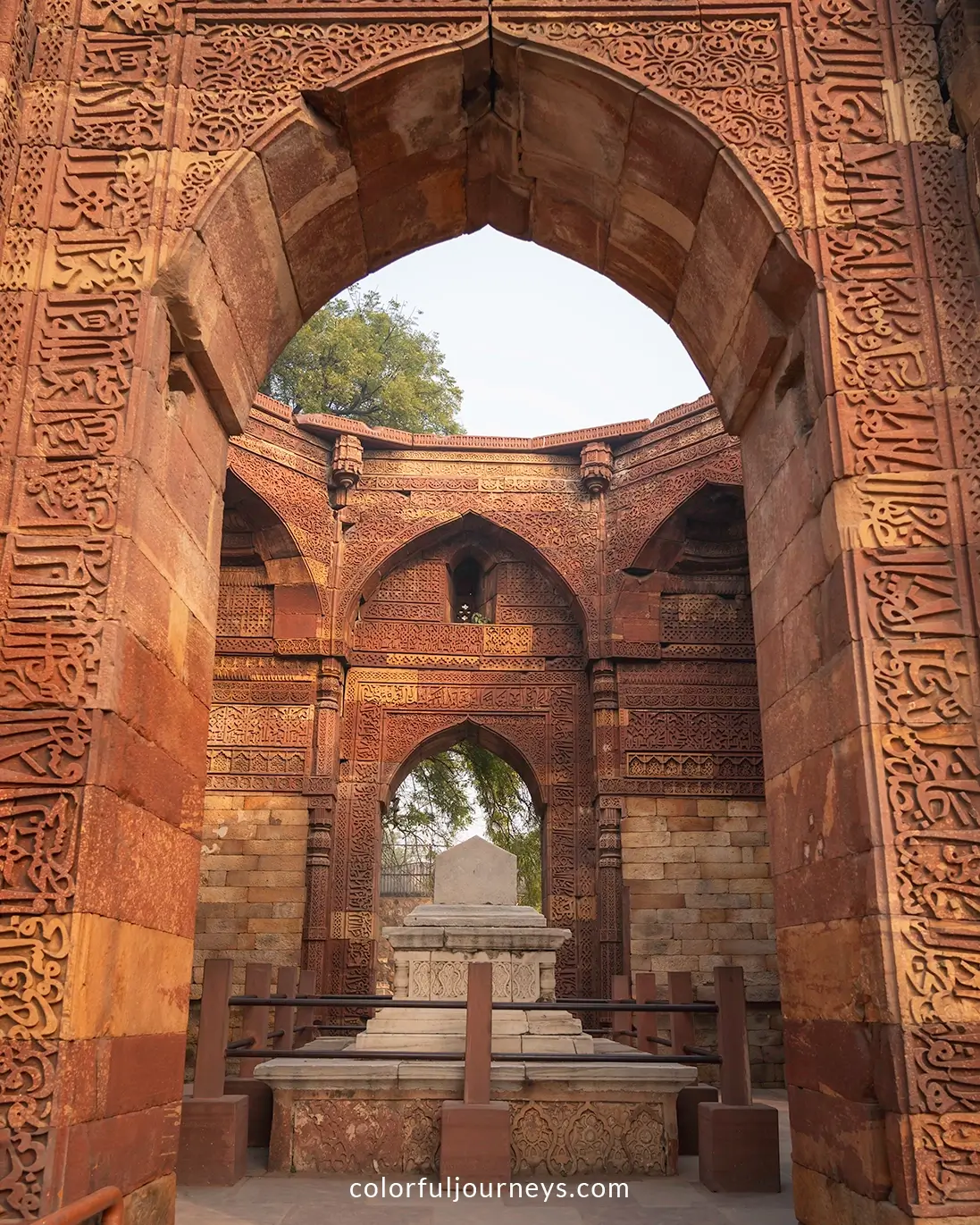
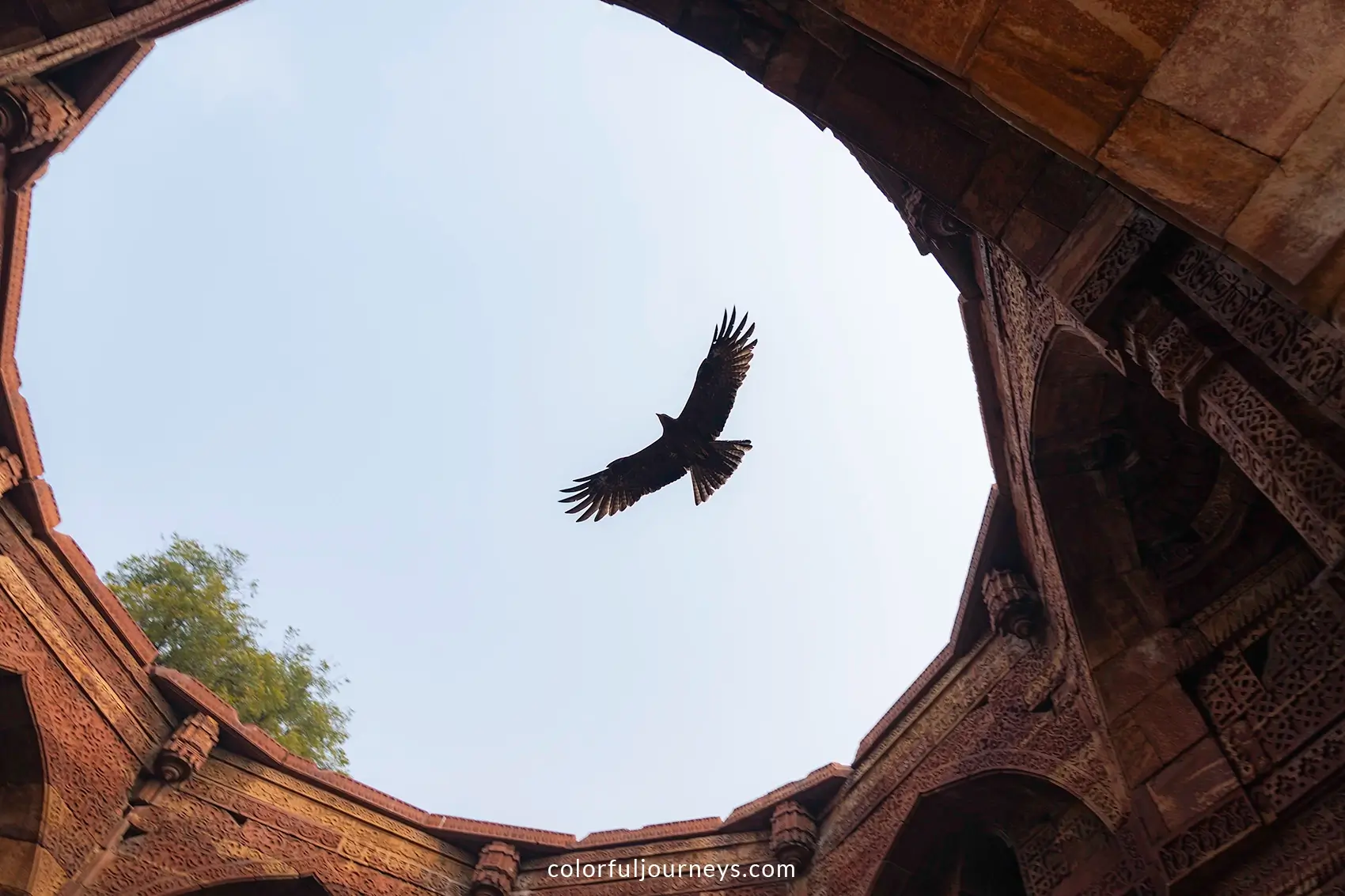
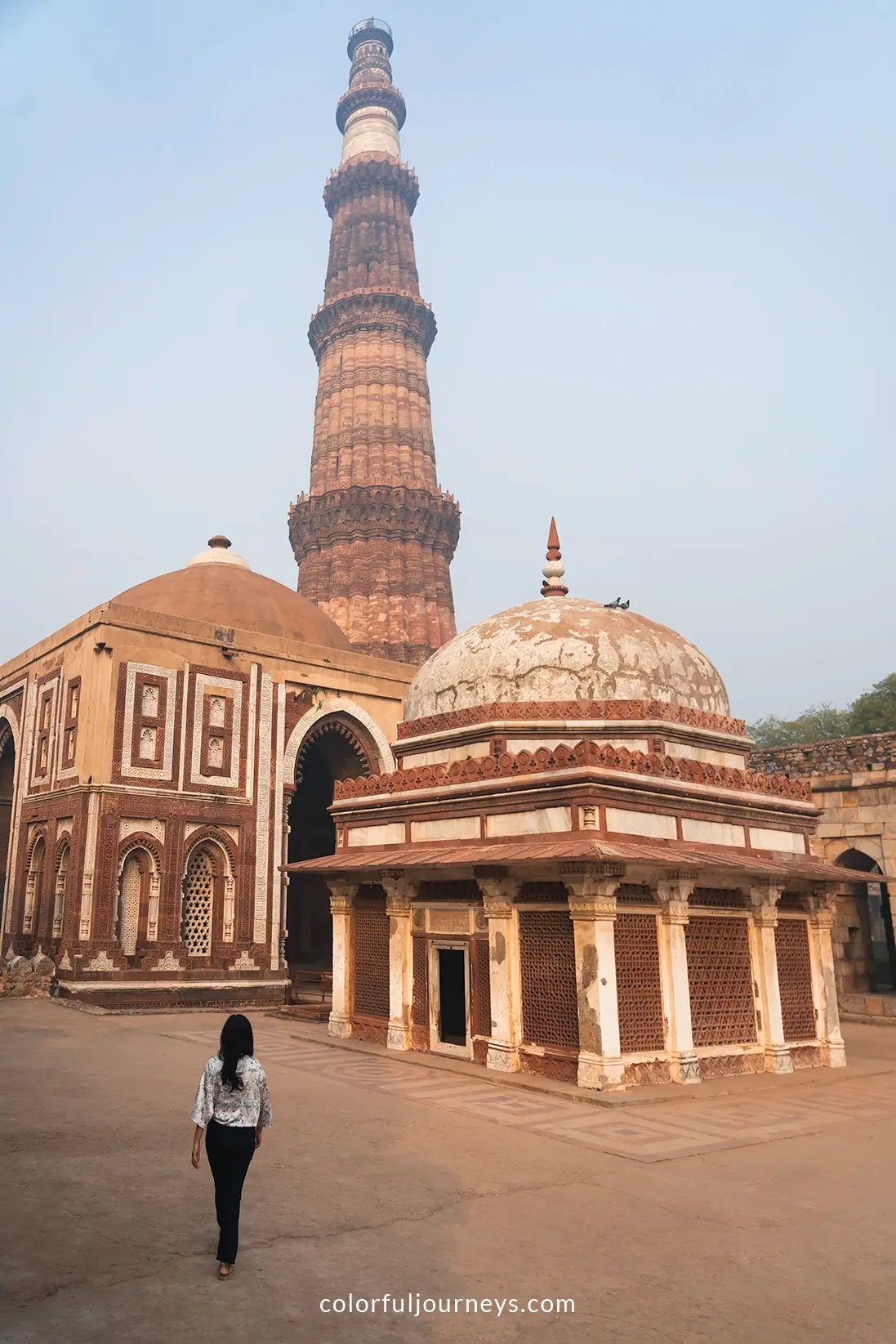
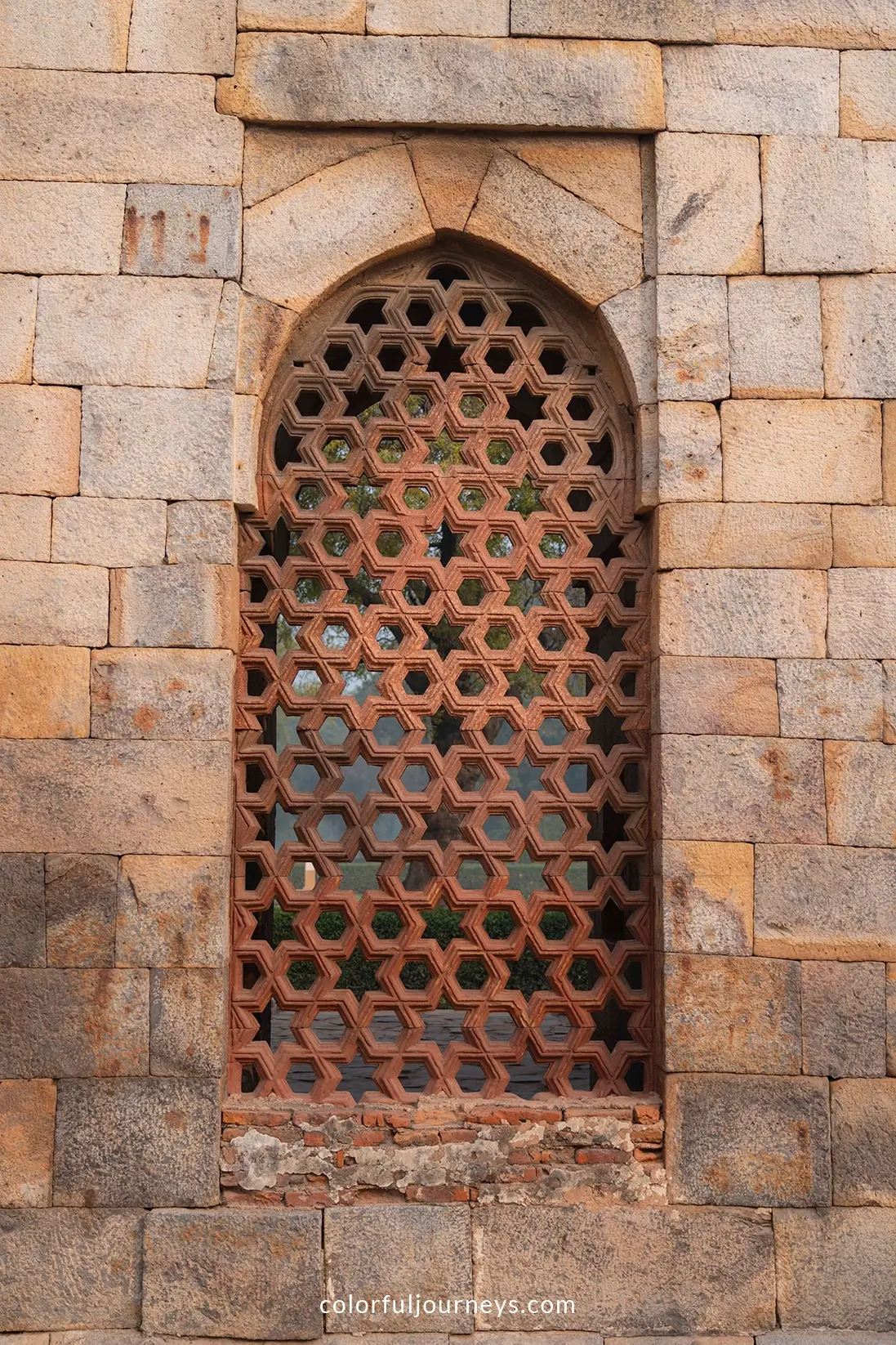
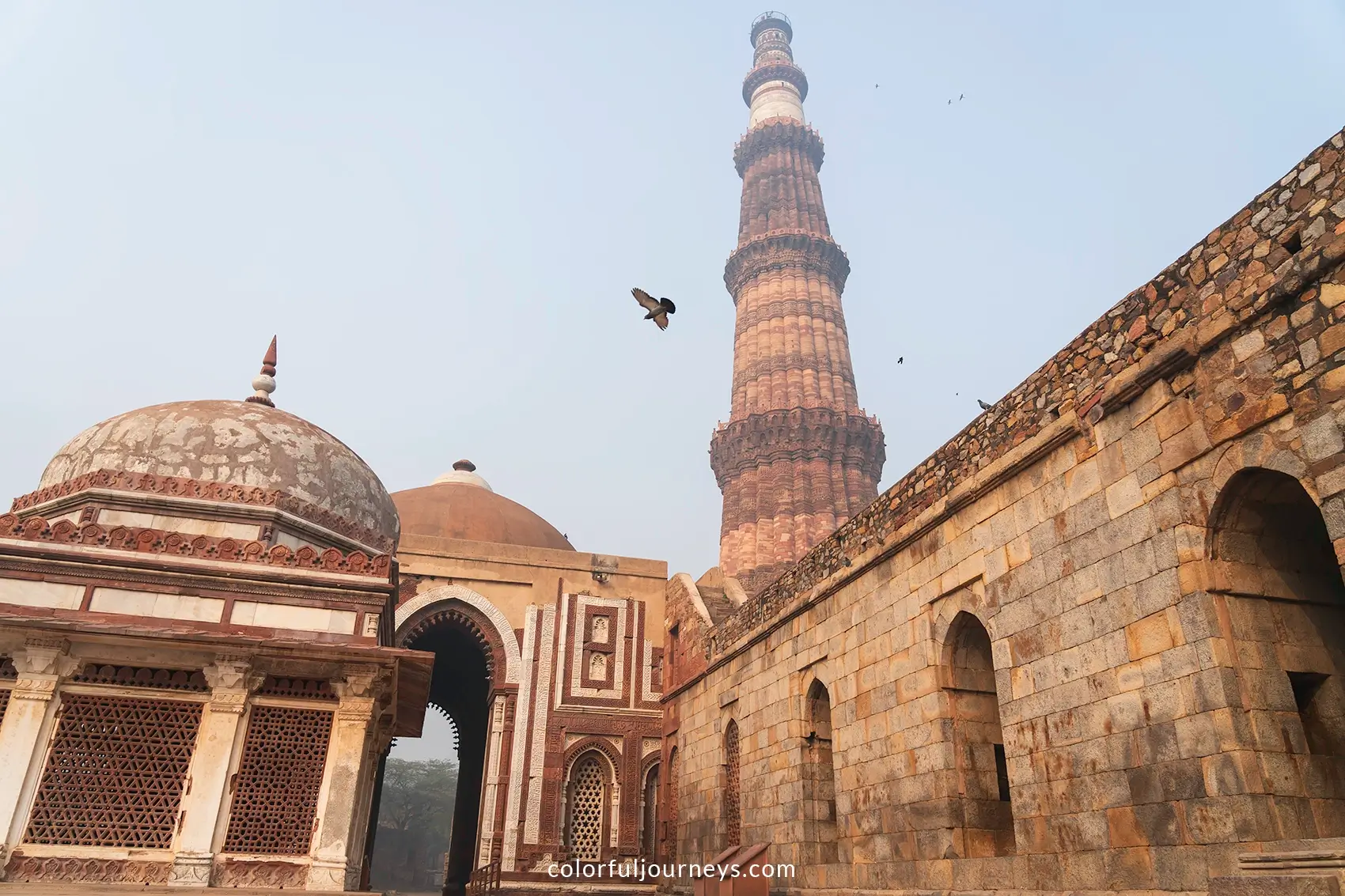
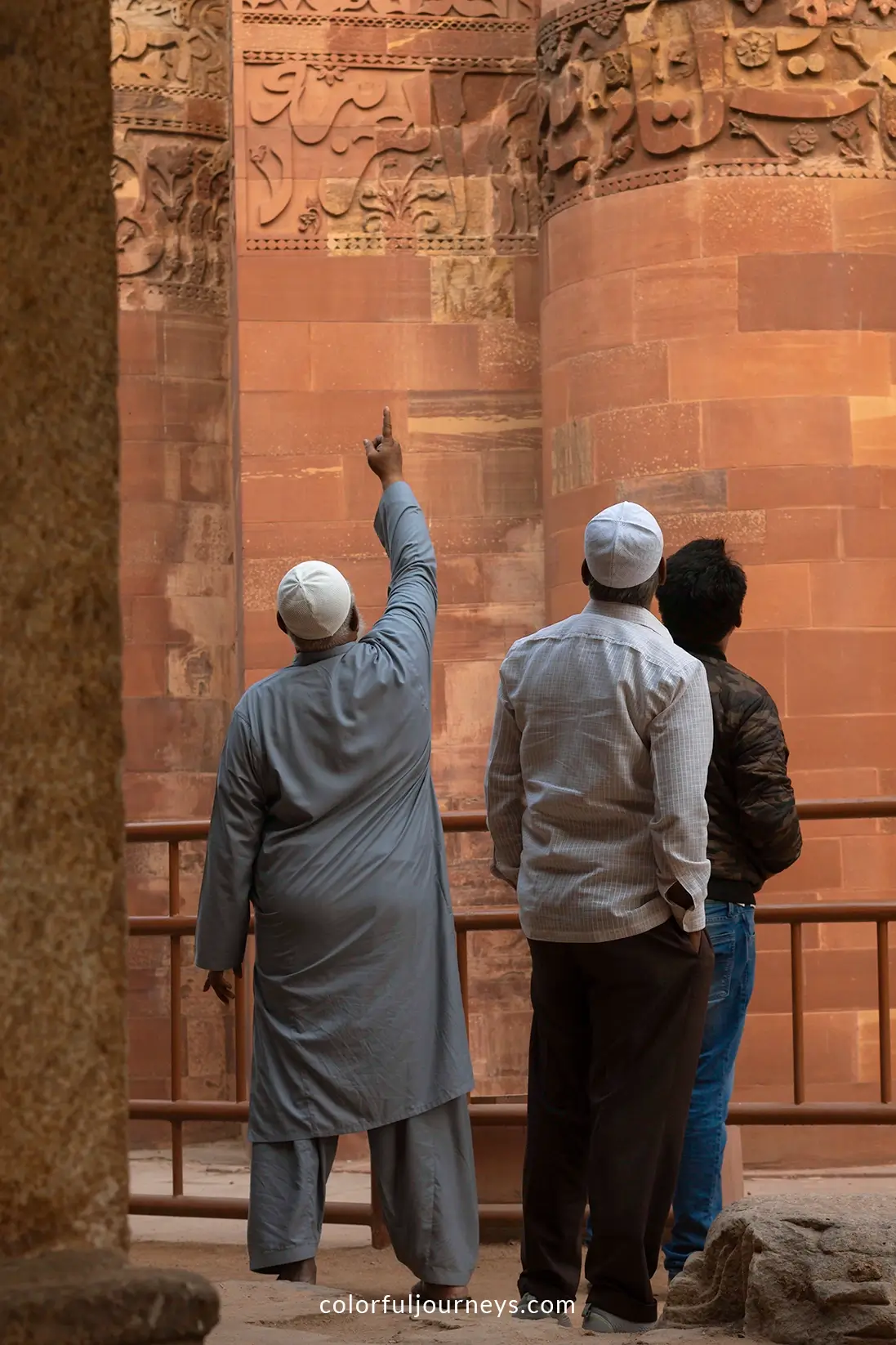
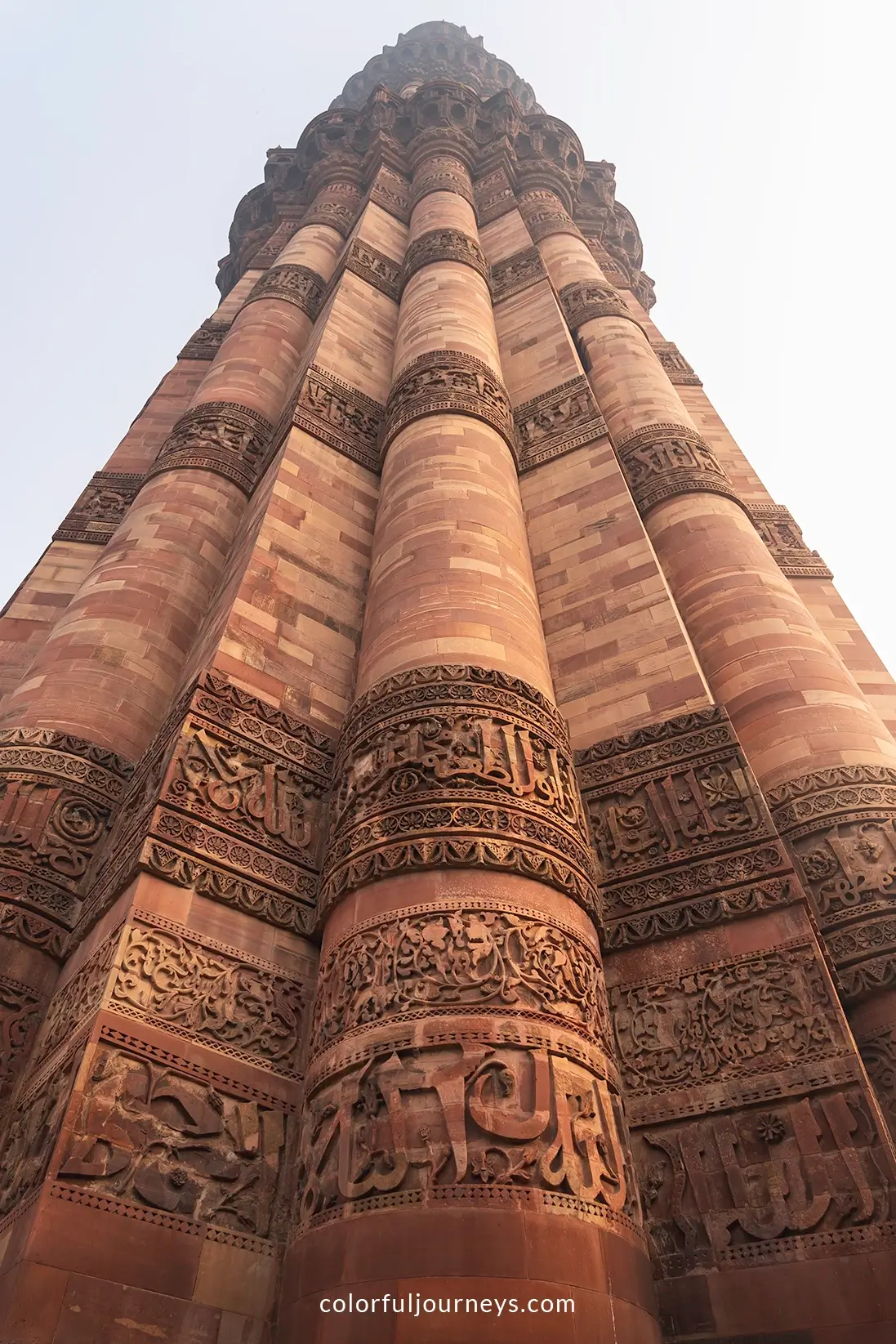


.webp)
.webp)
.webp)